

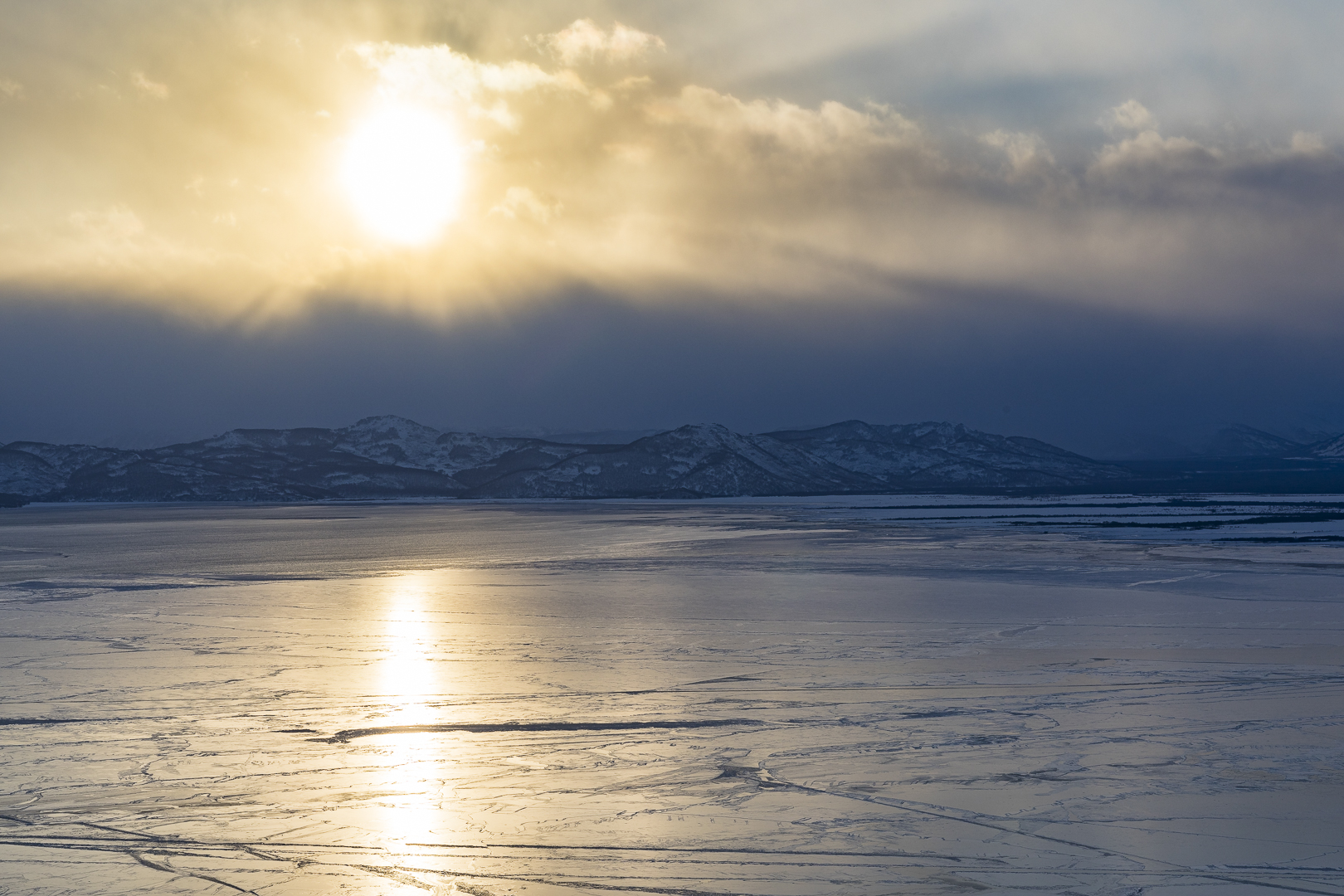
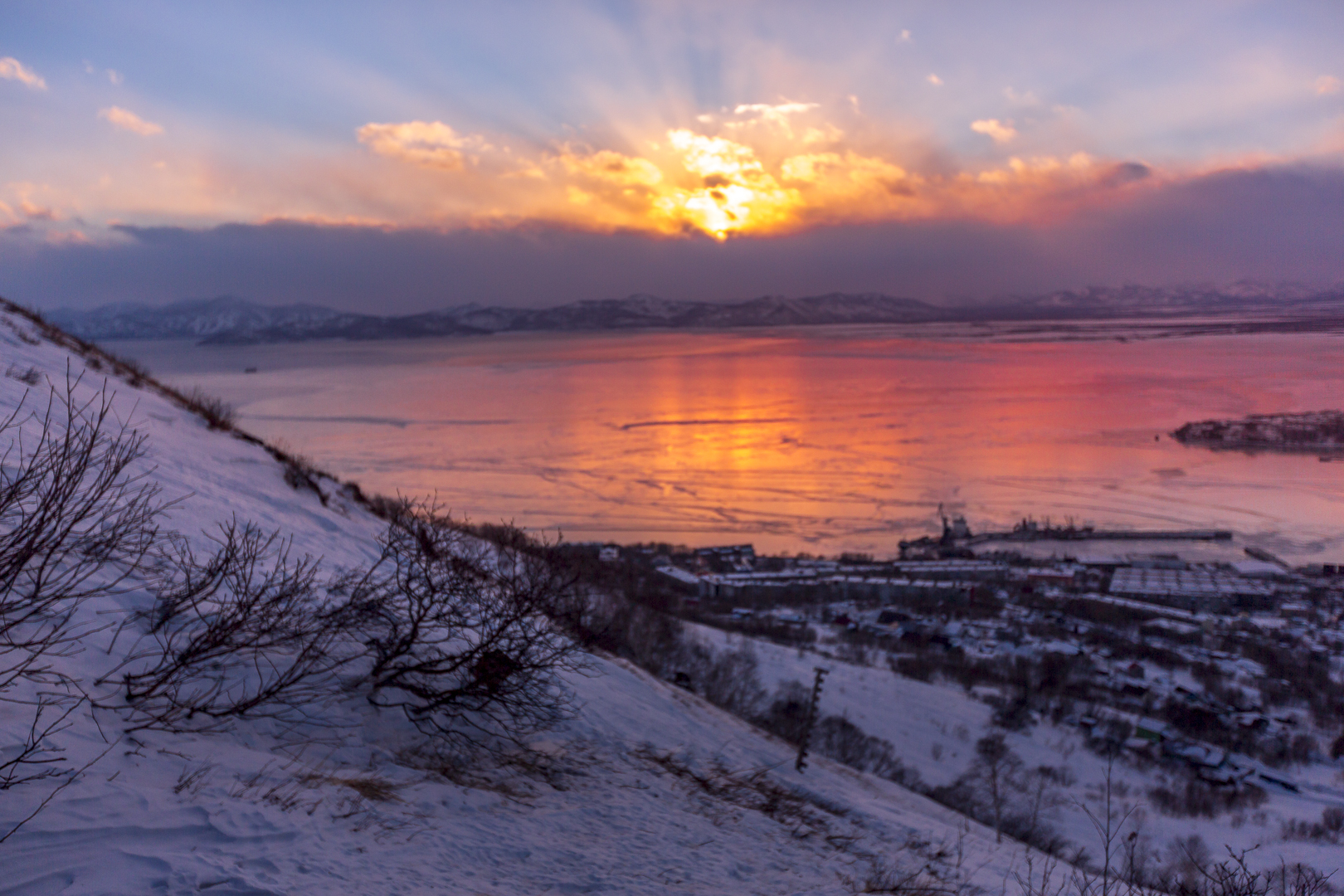
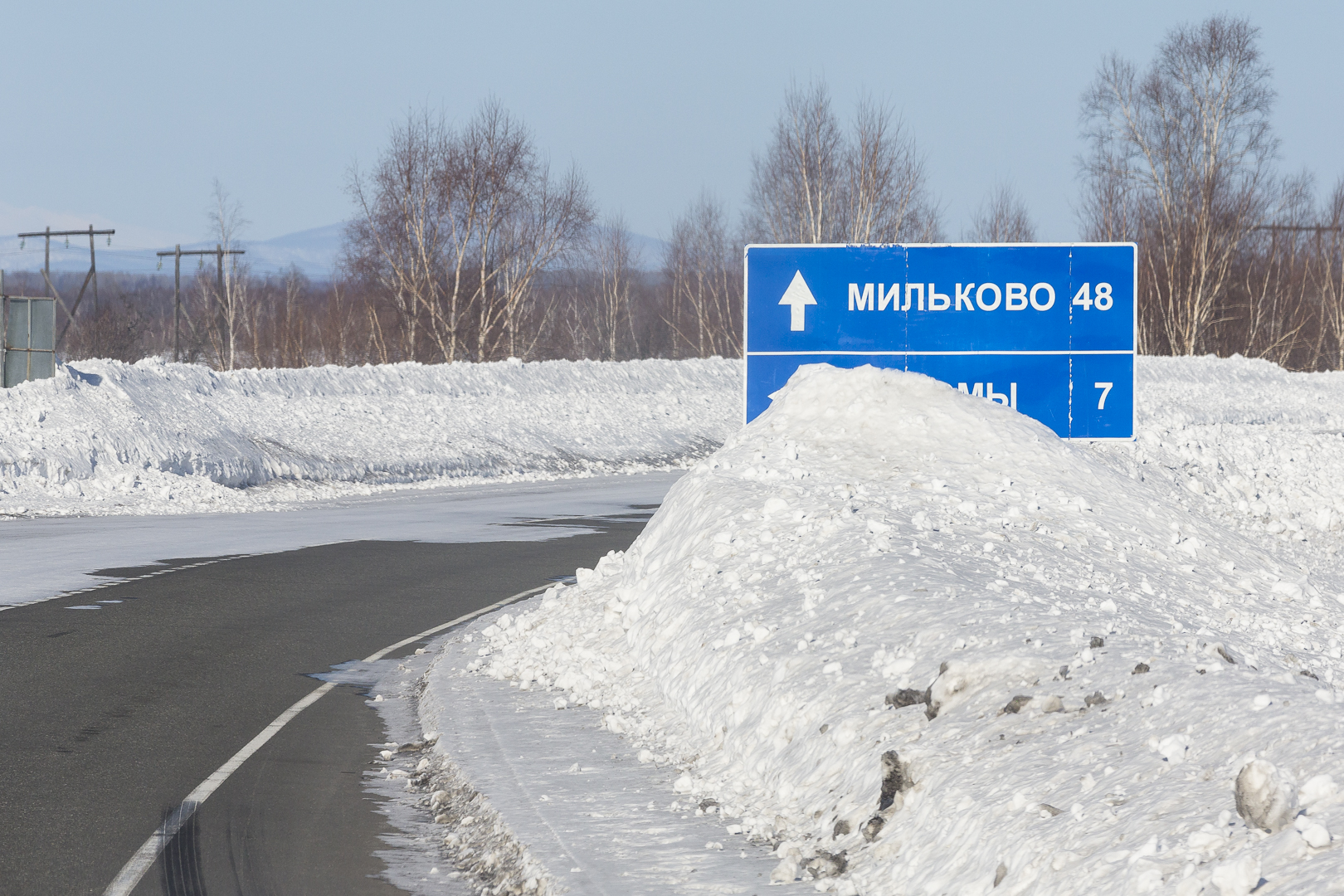
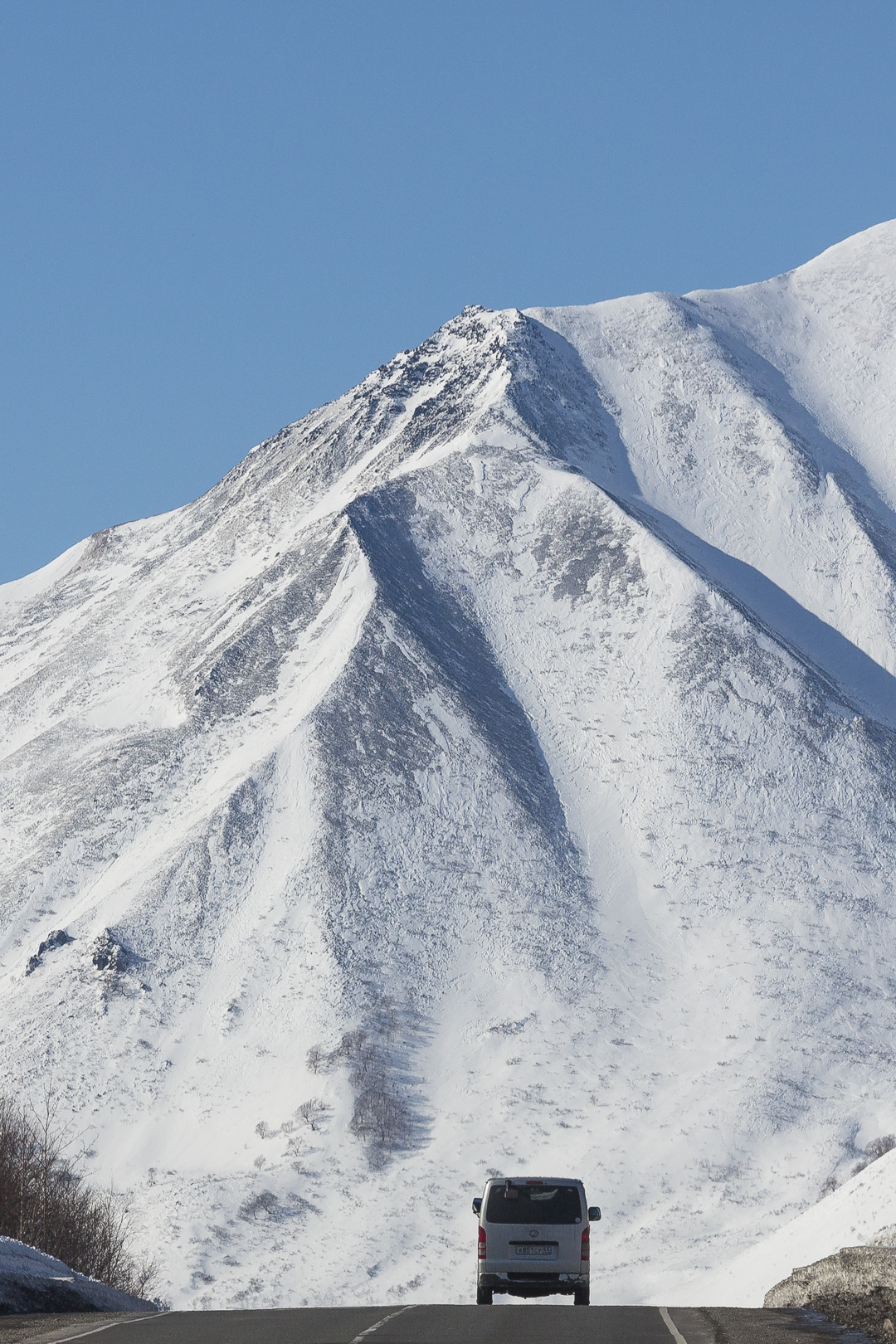
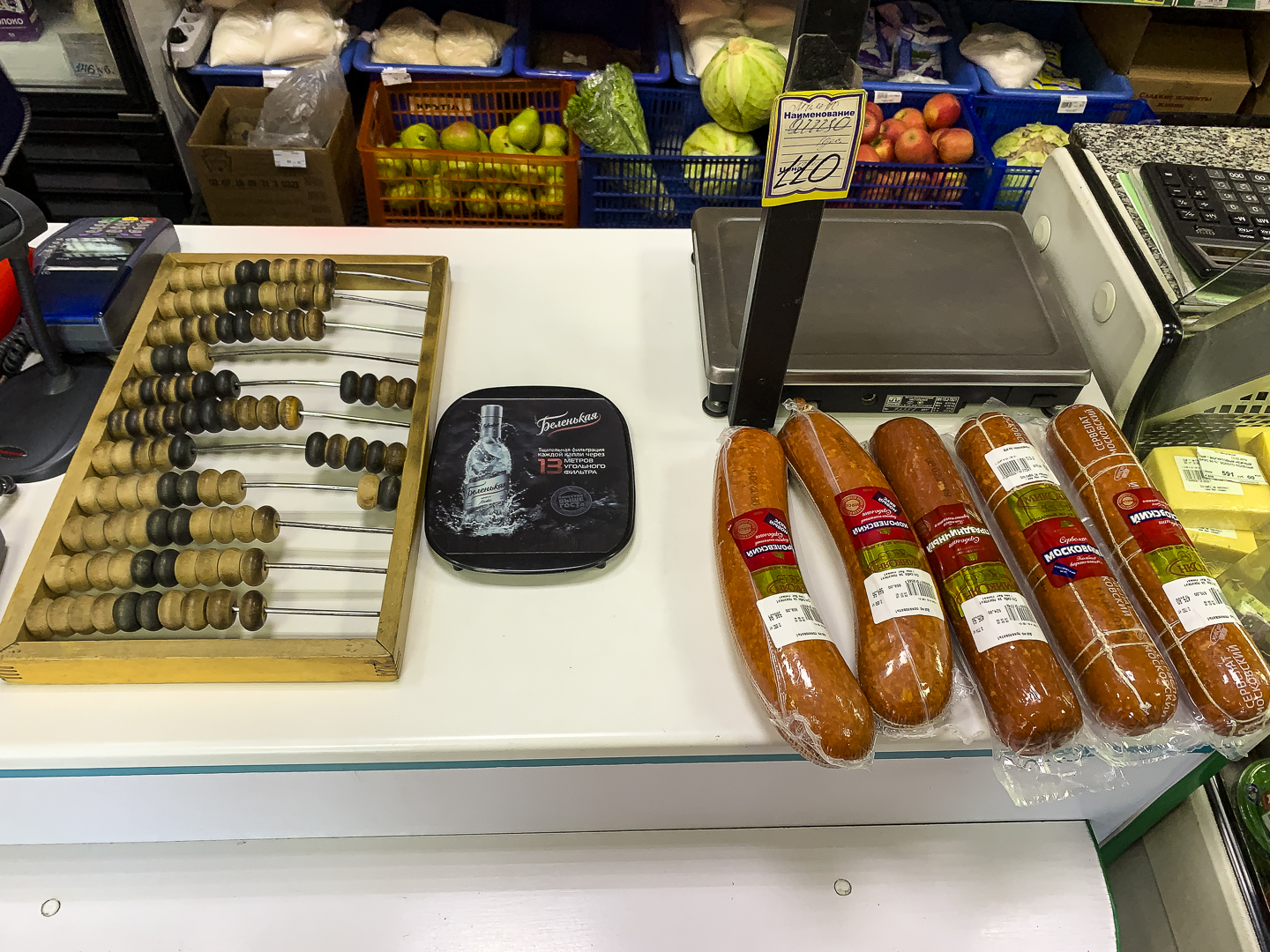
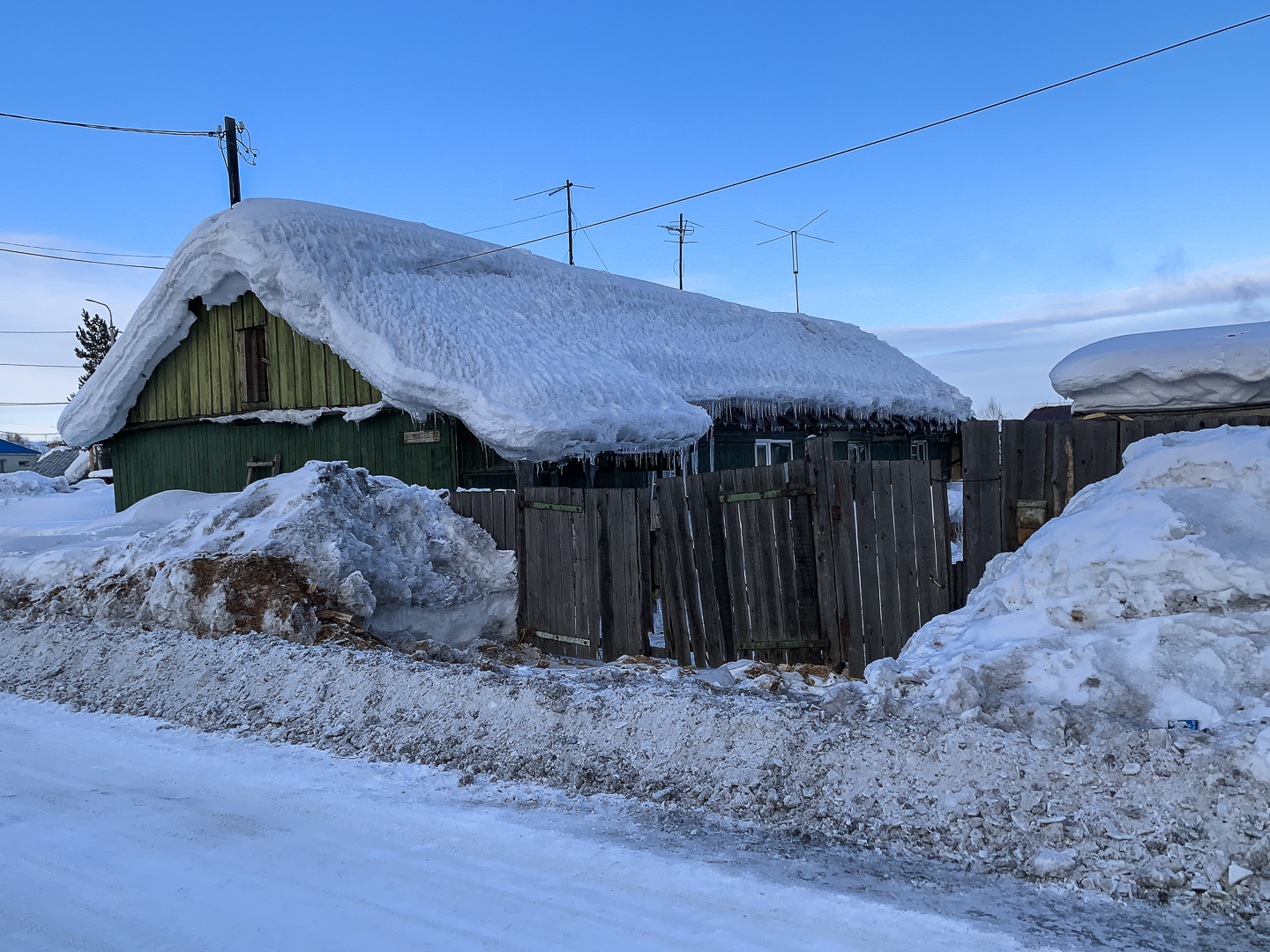
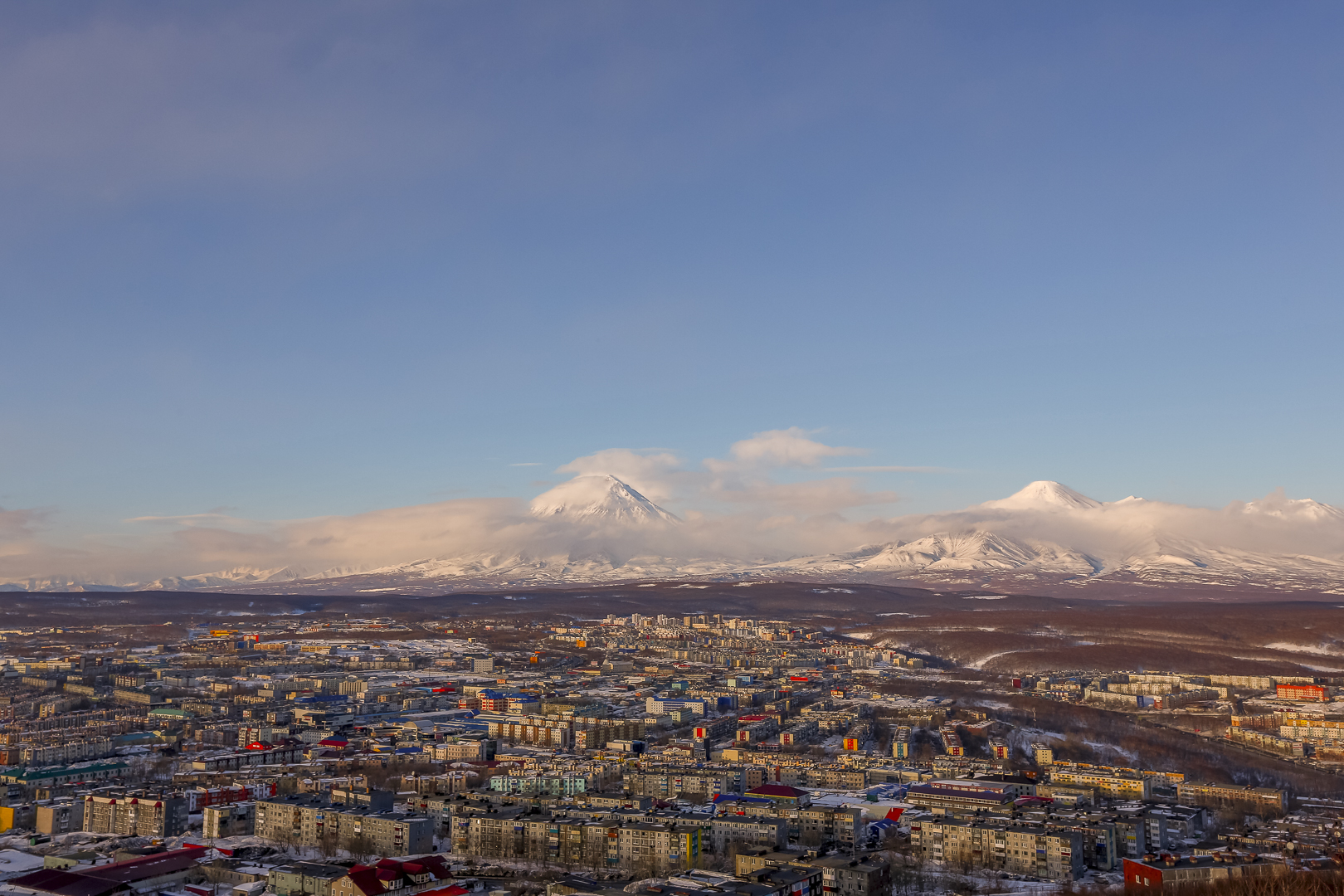
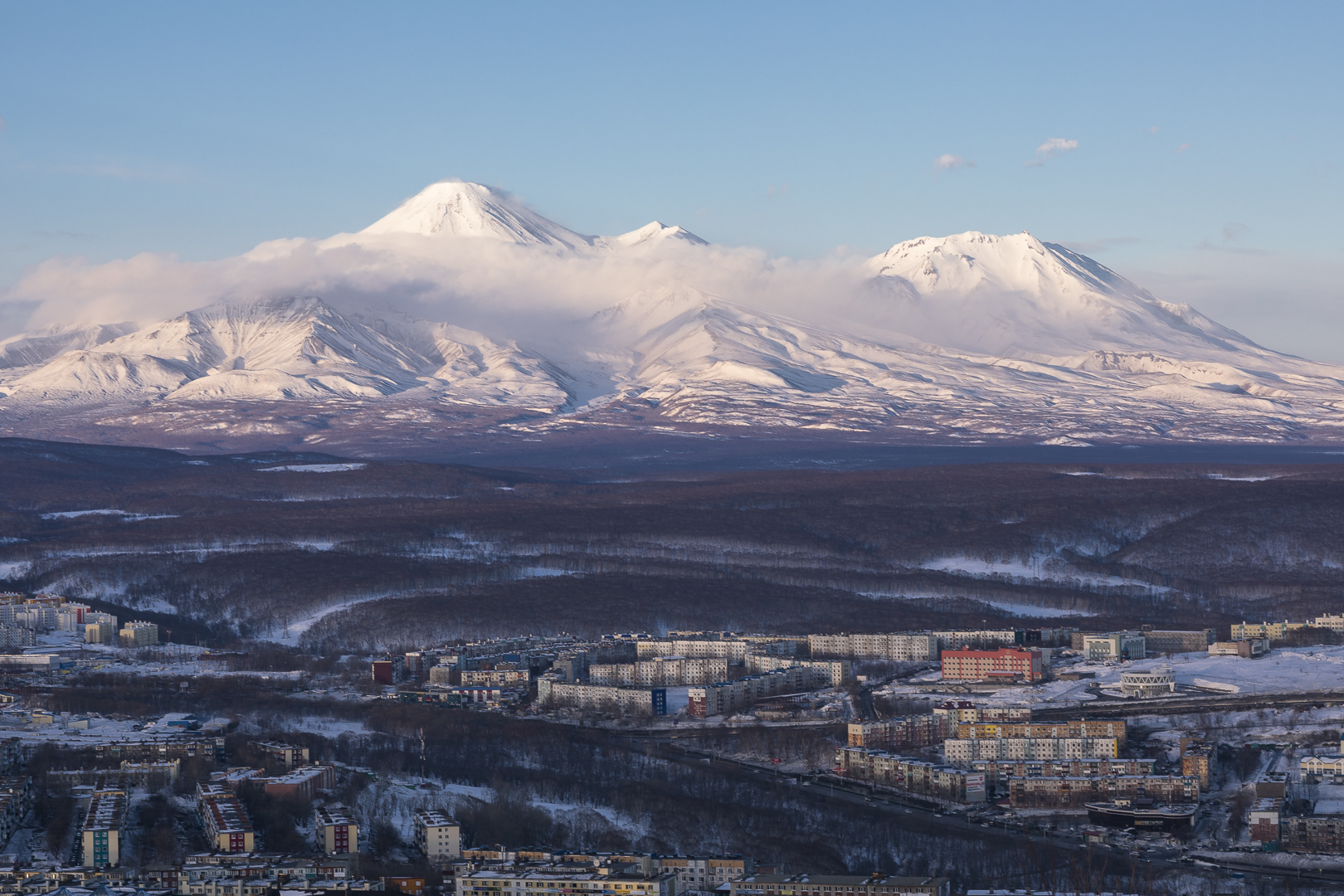
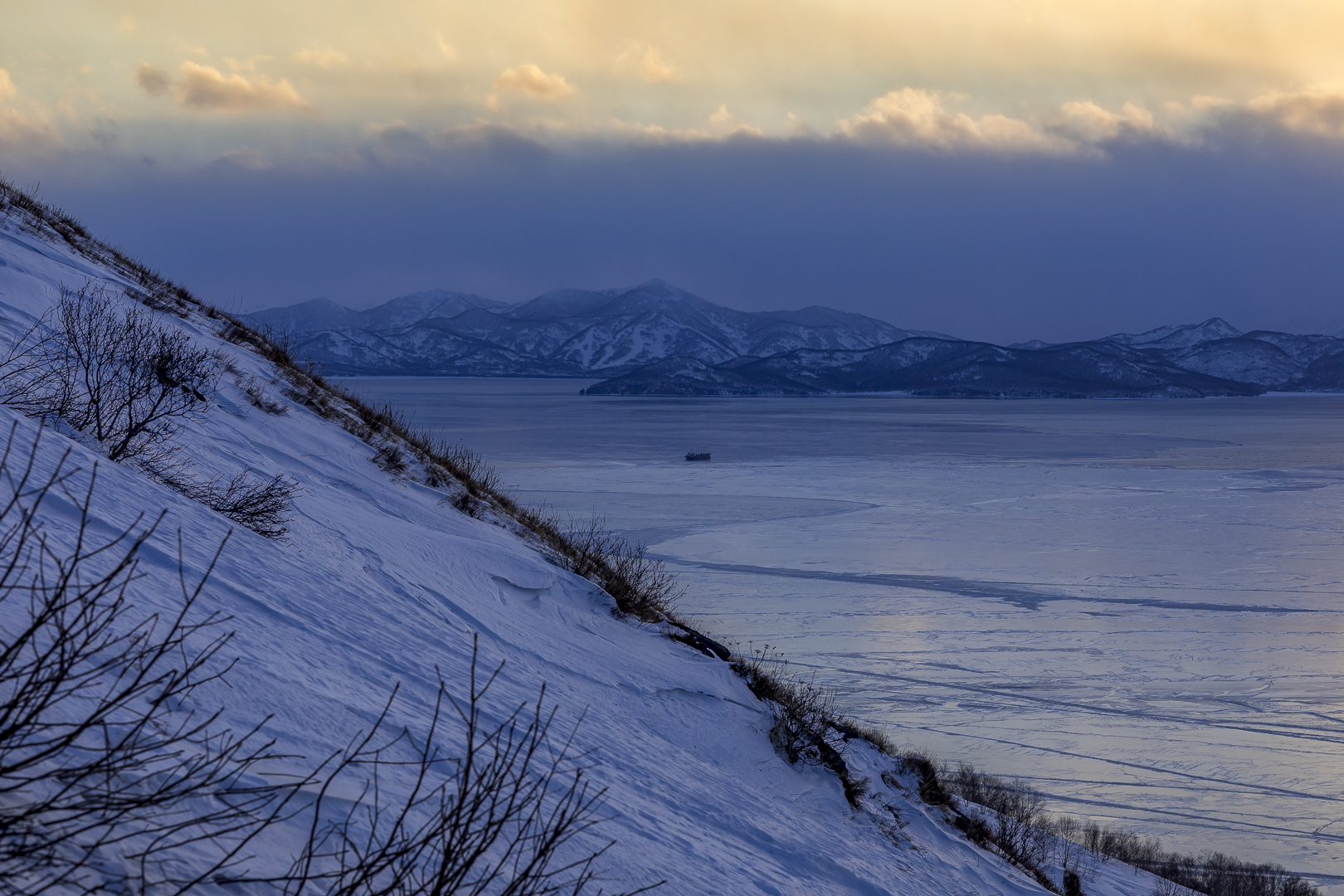
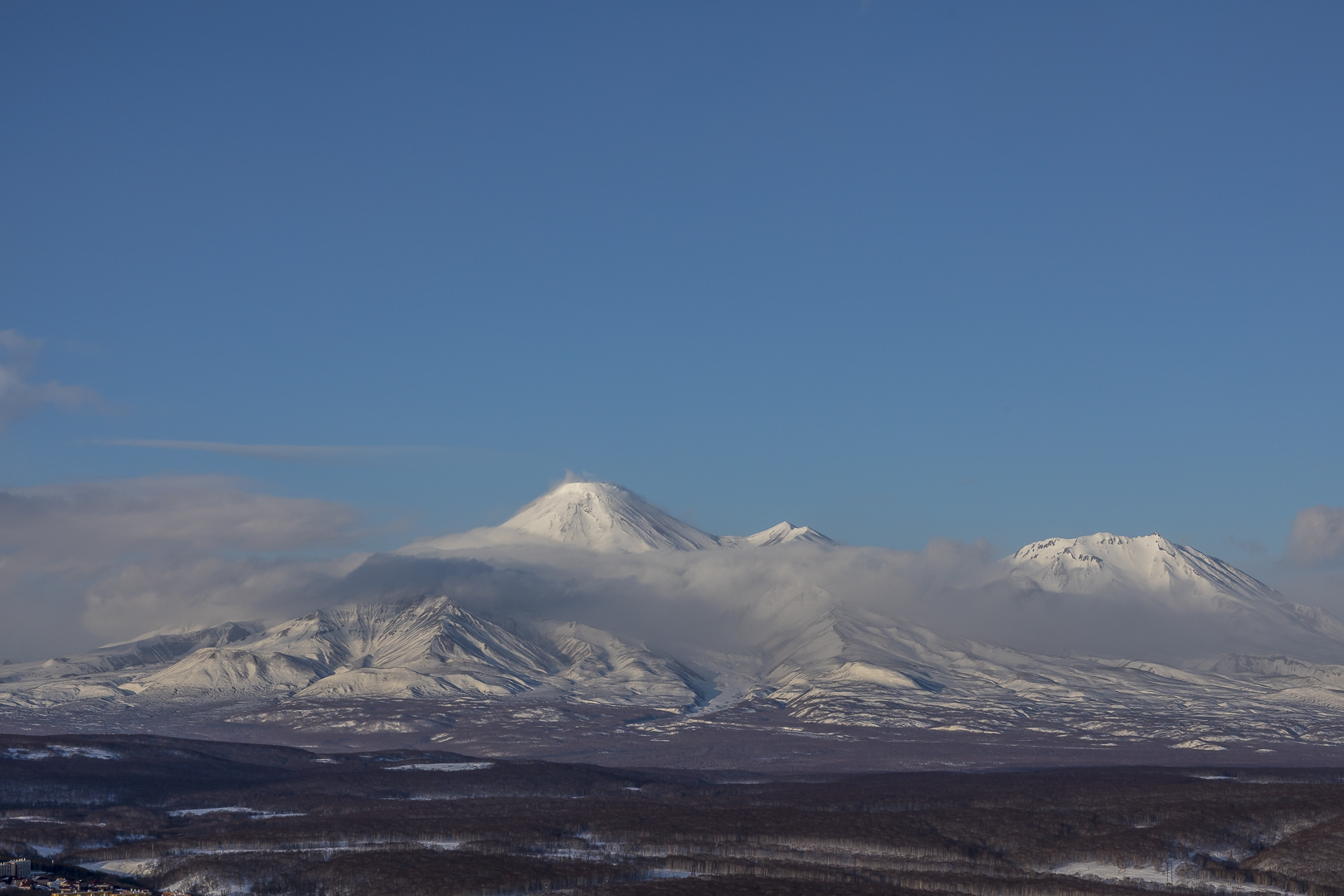

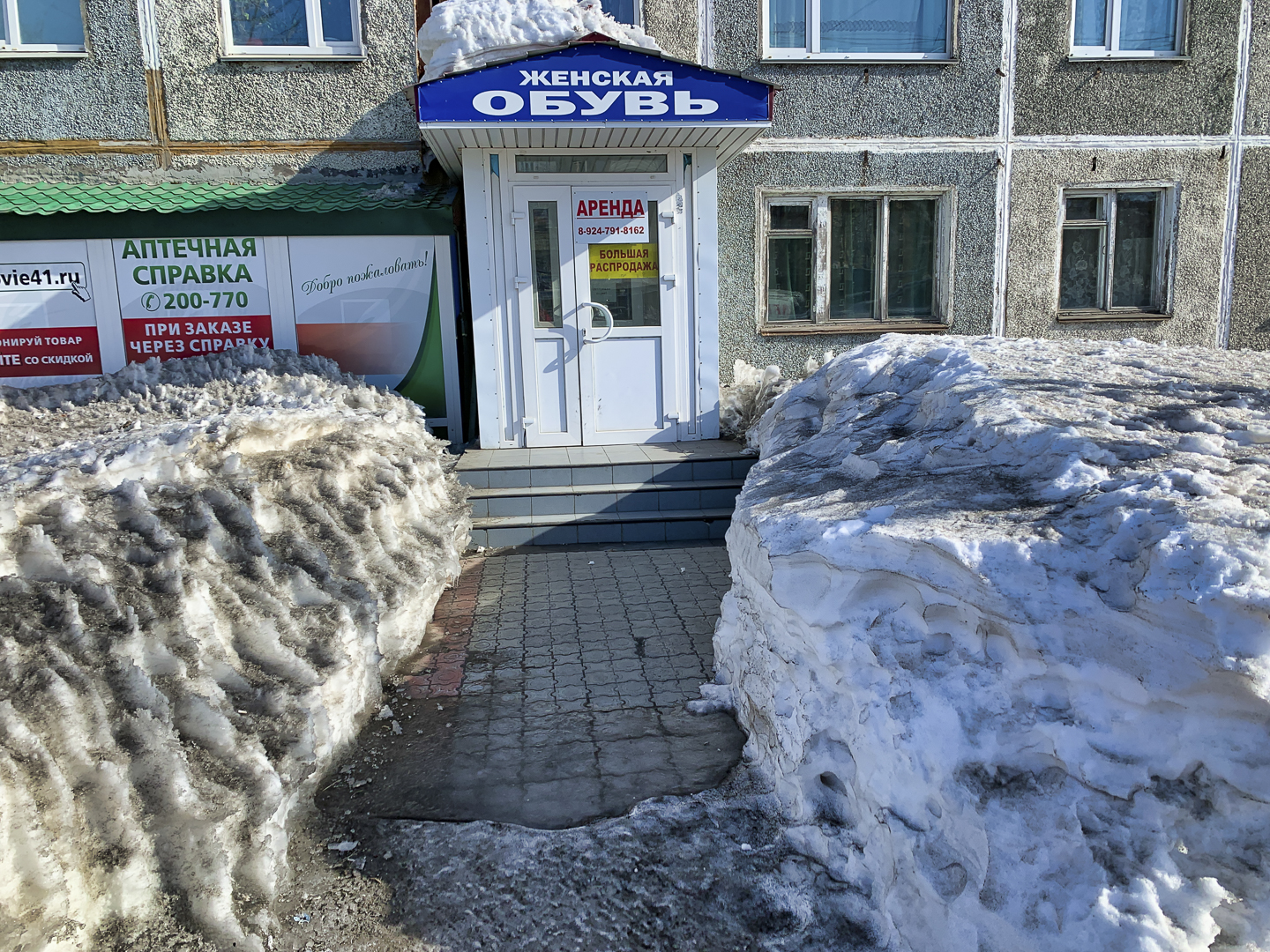
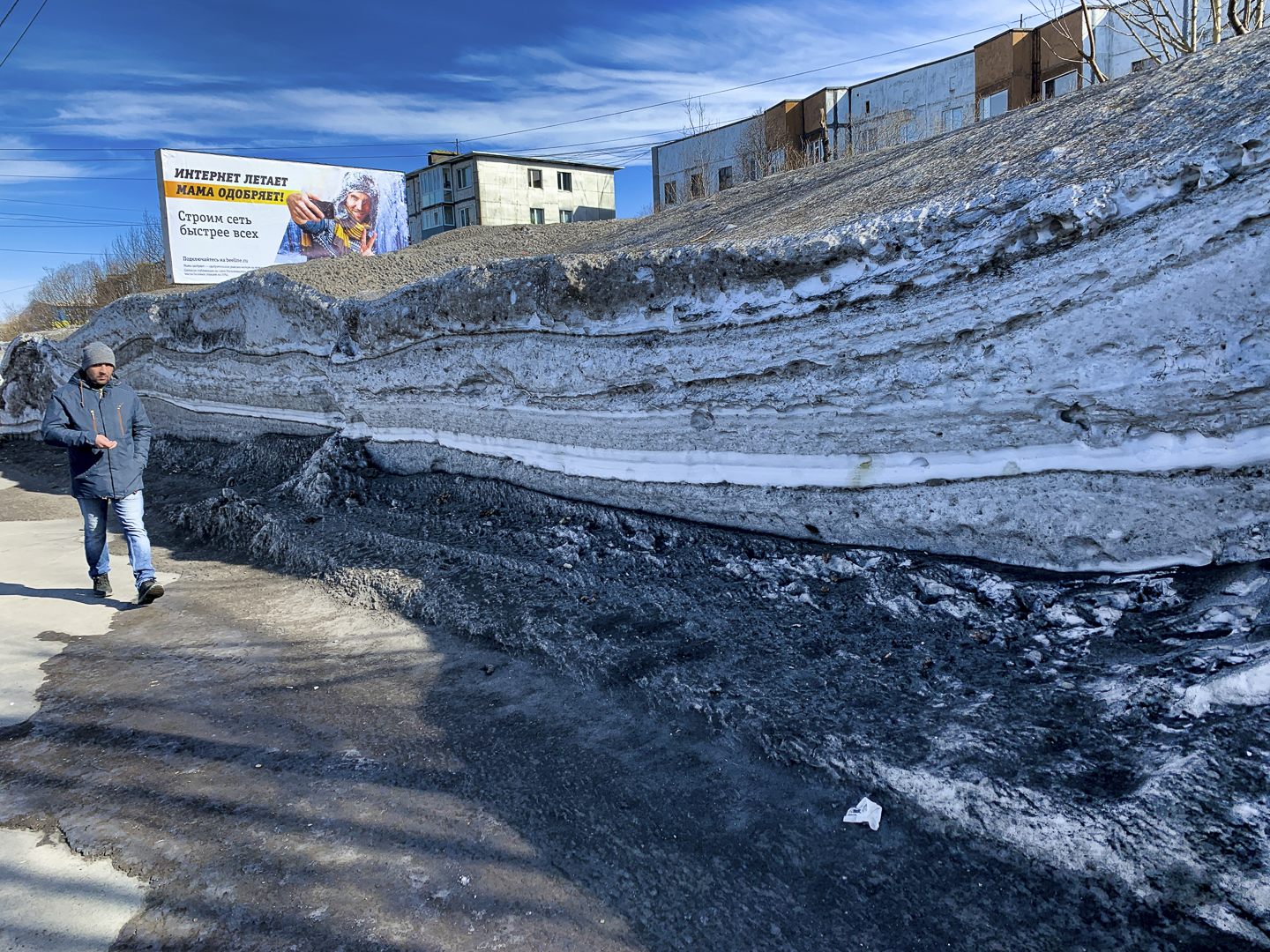
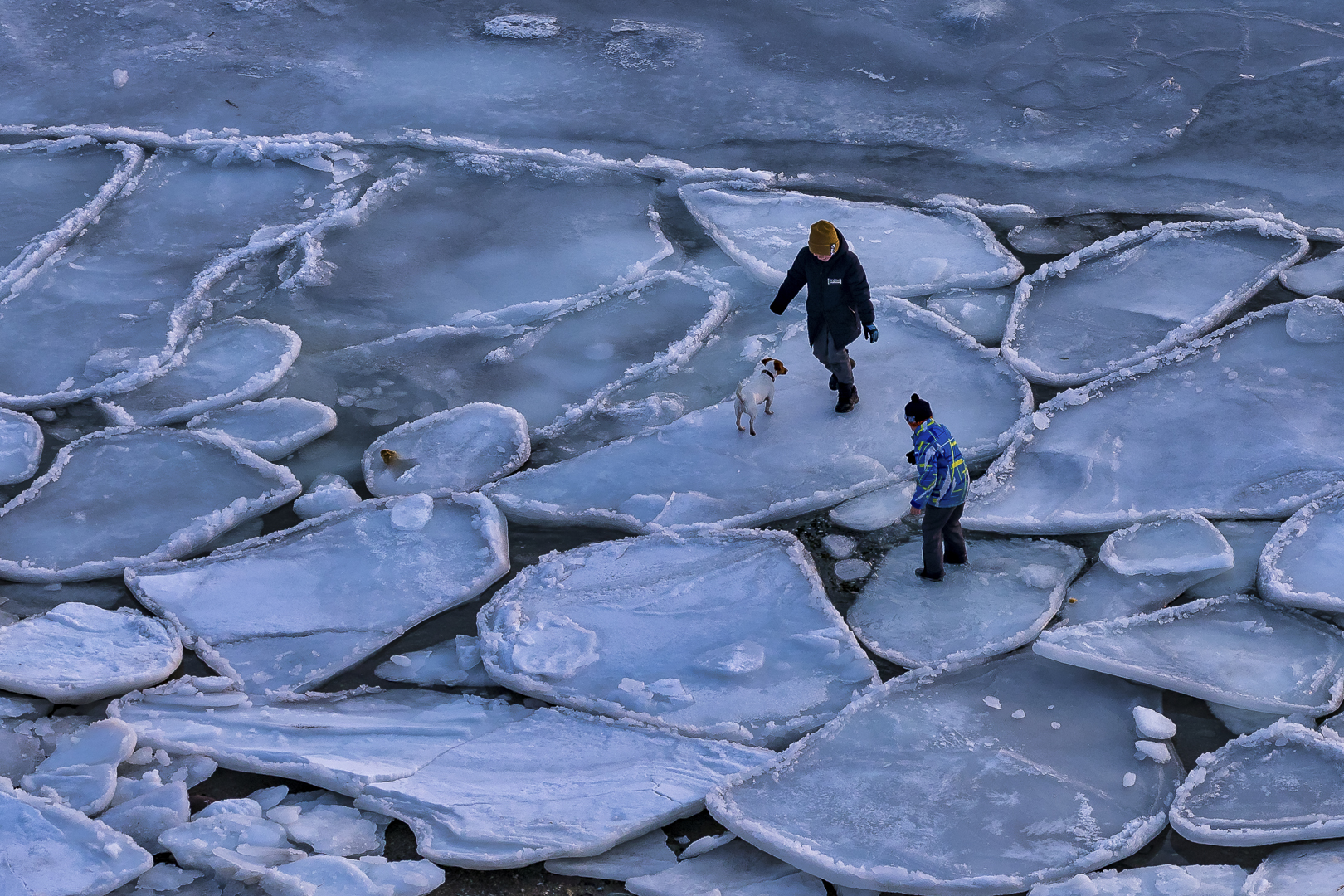
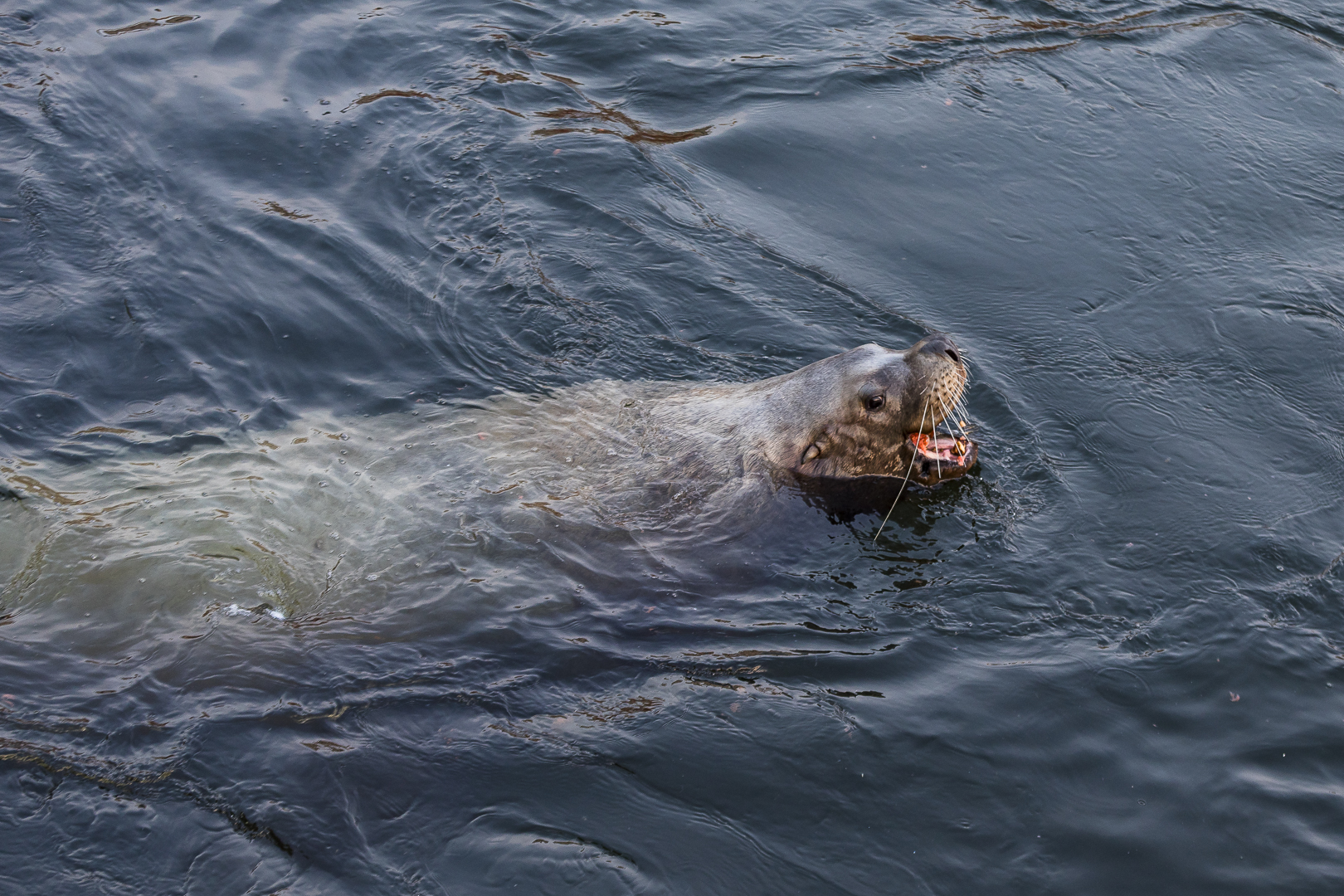
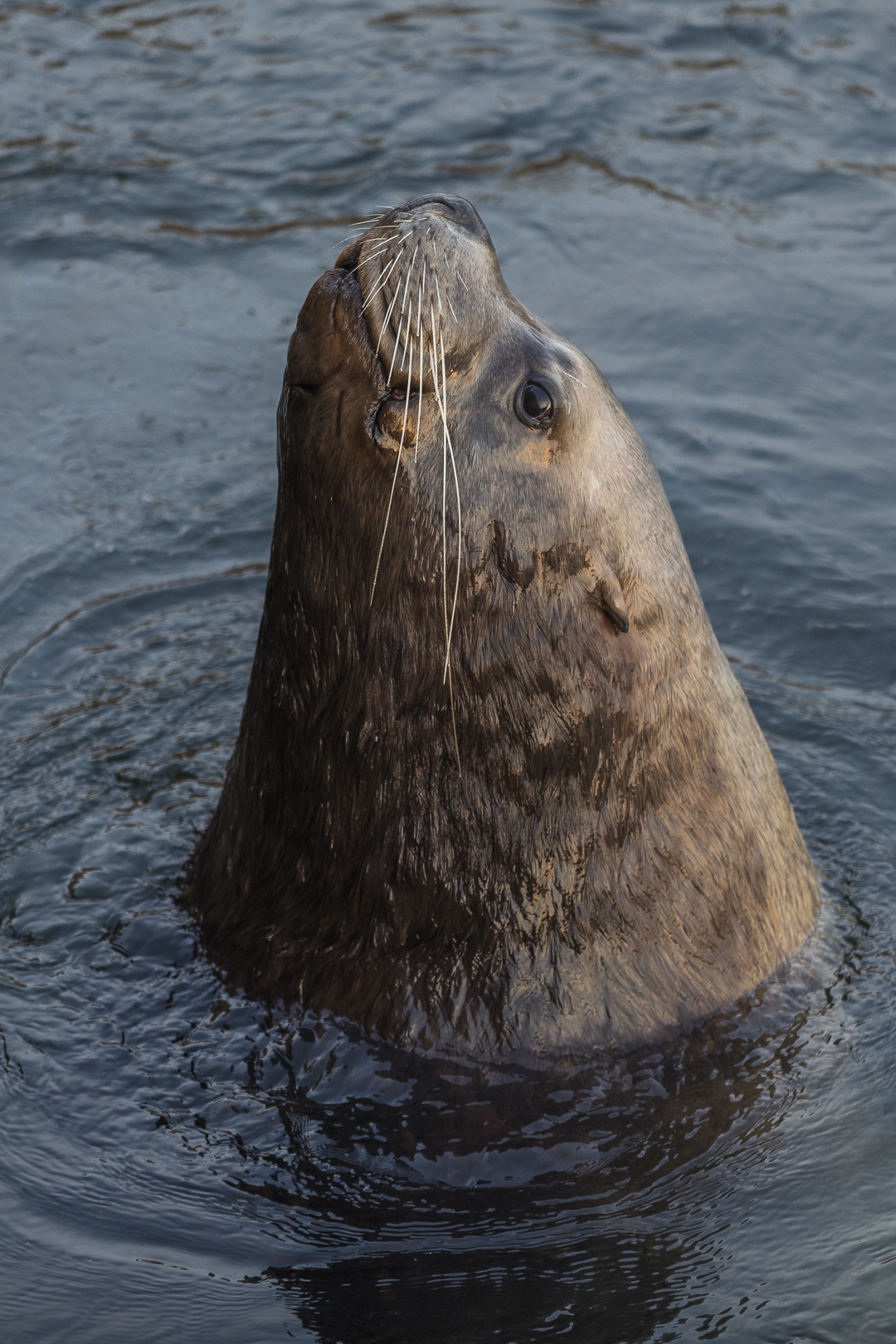
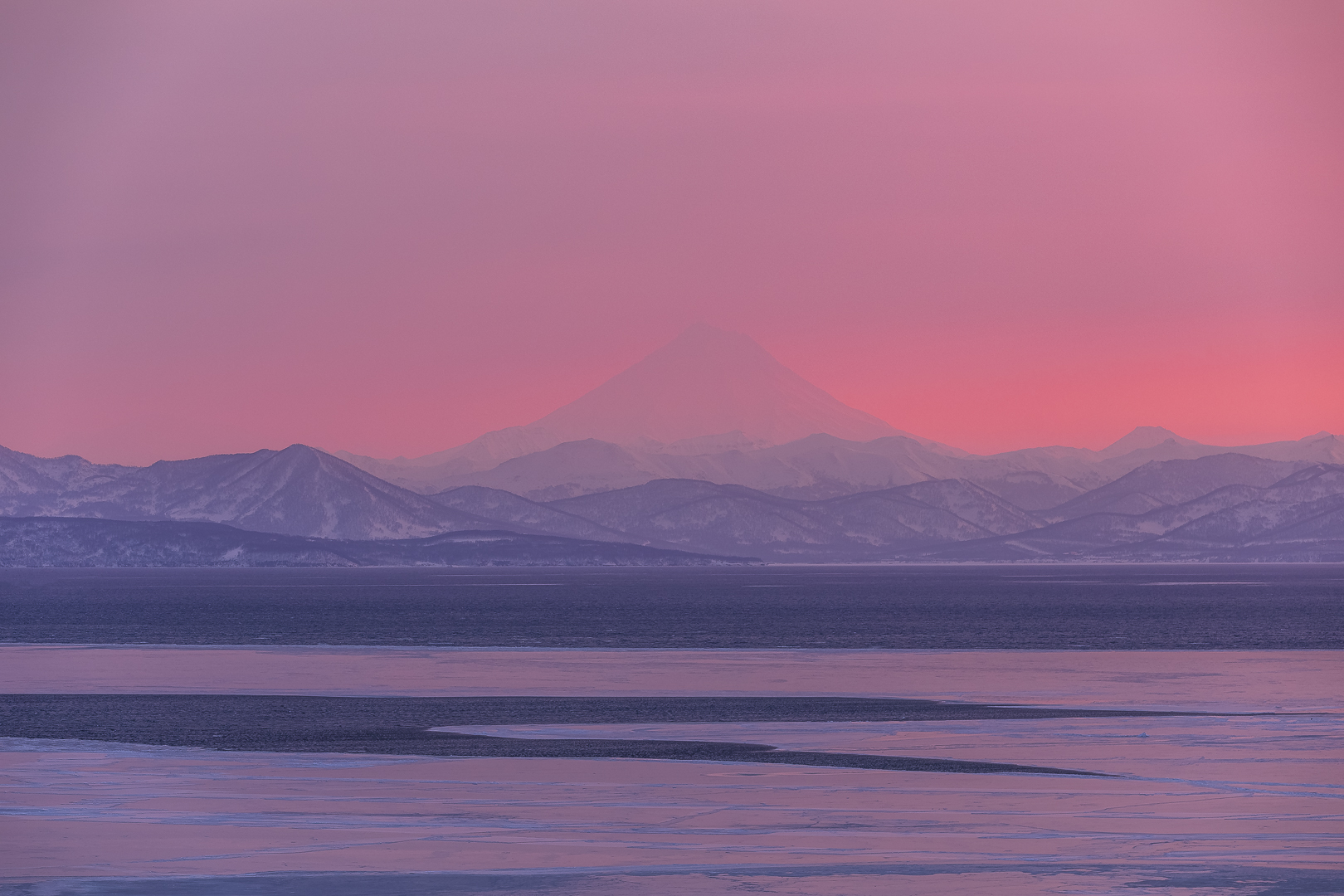
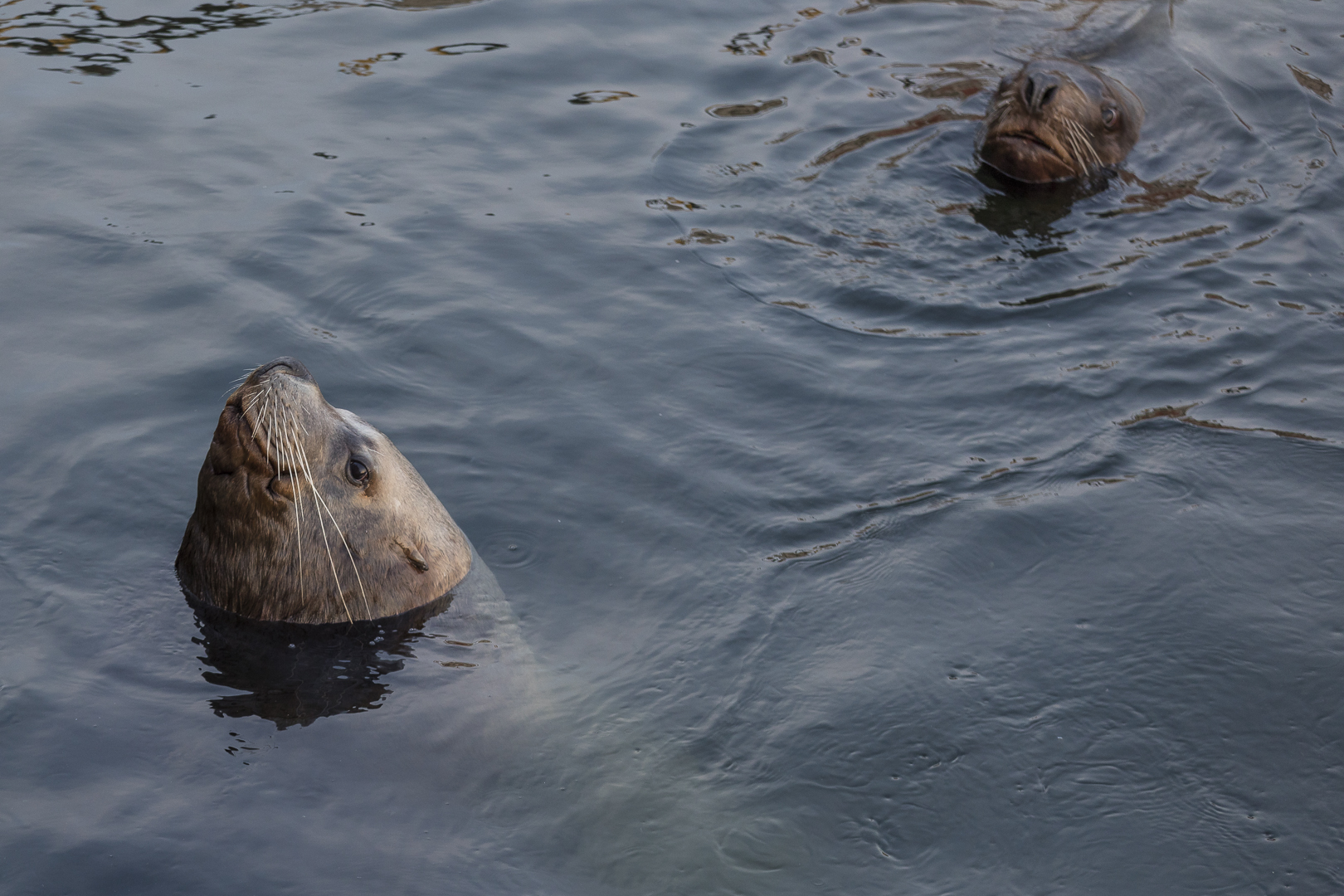
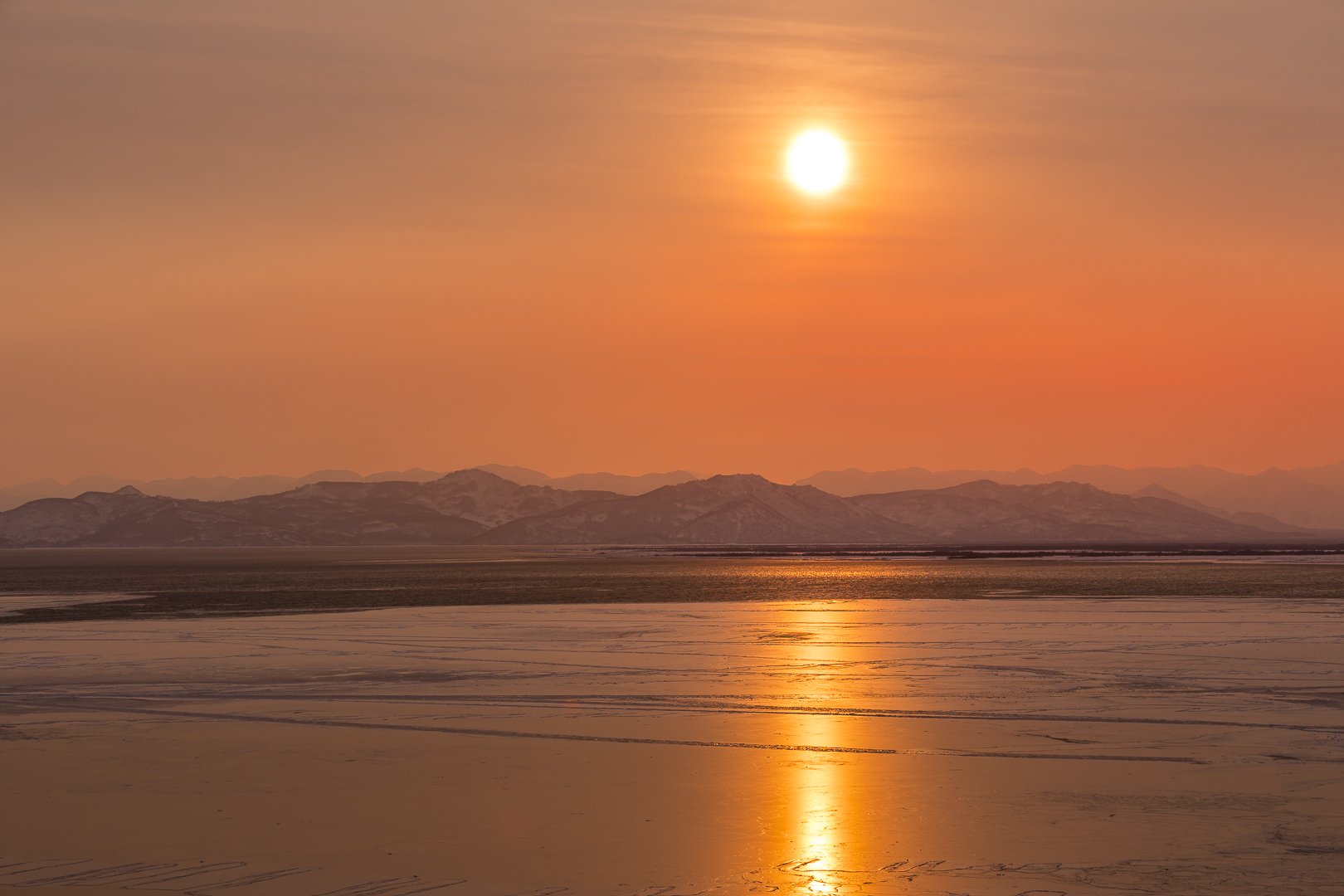
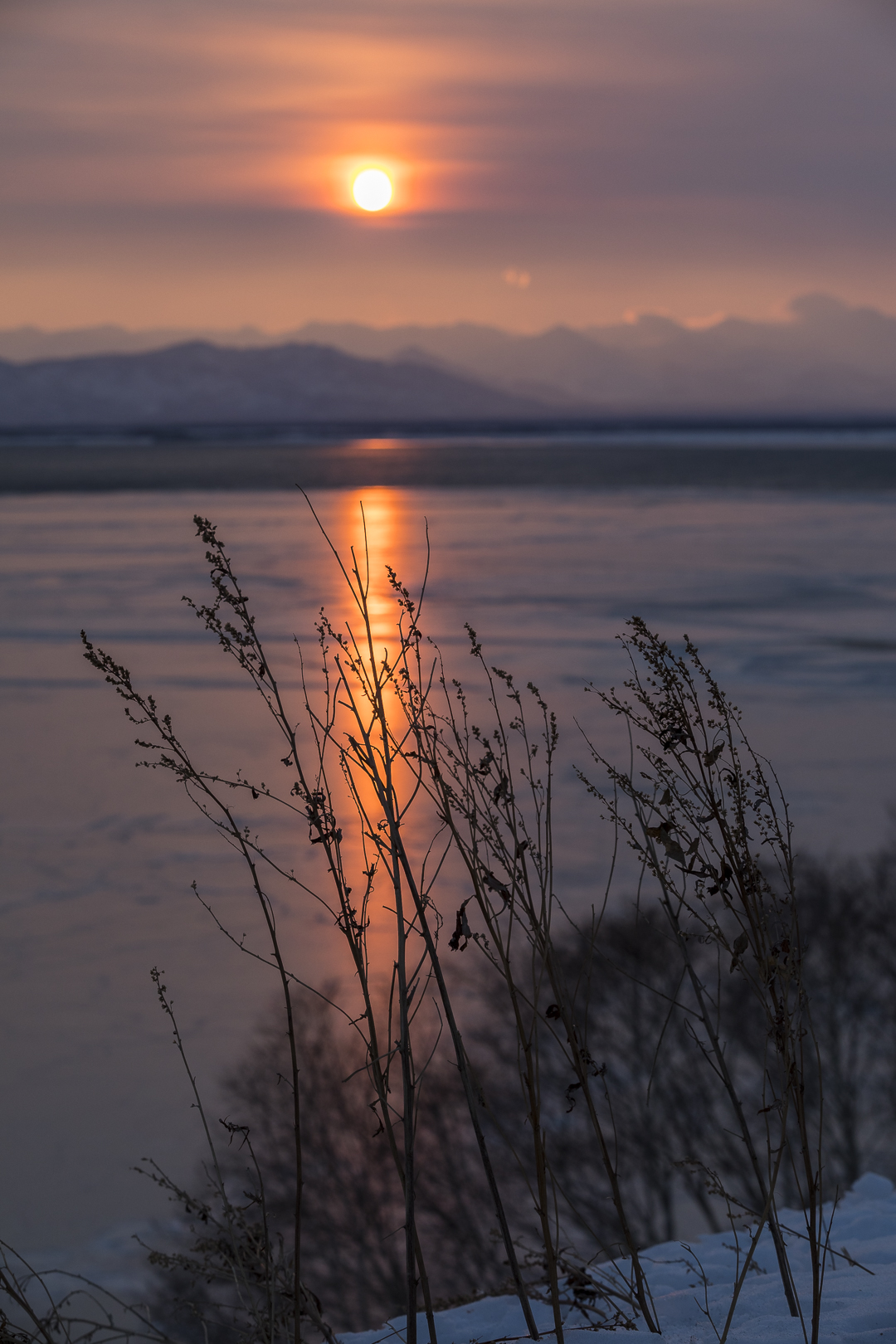
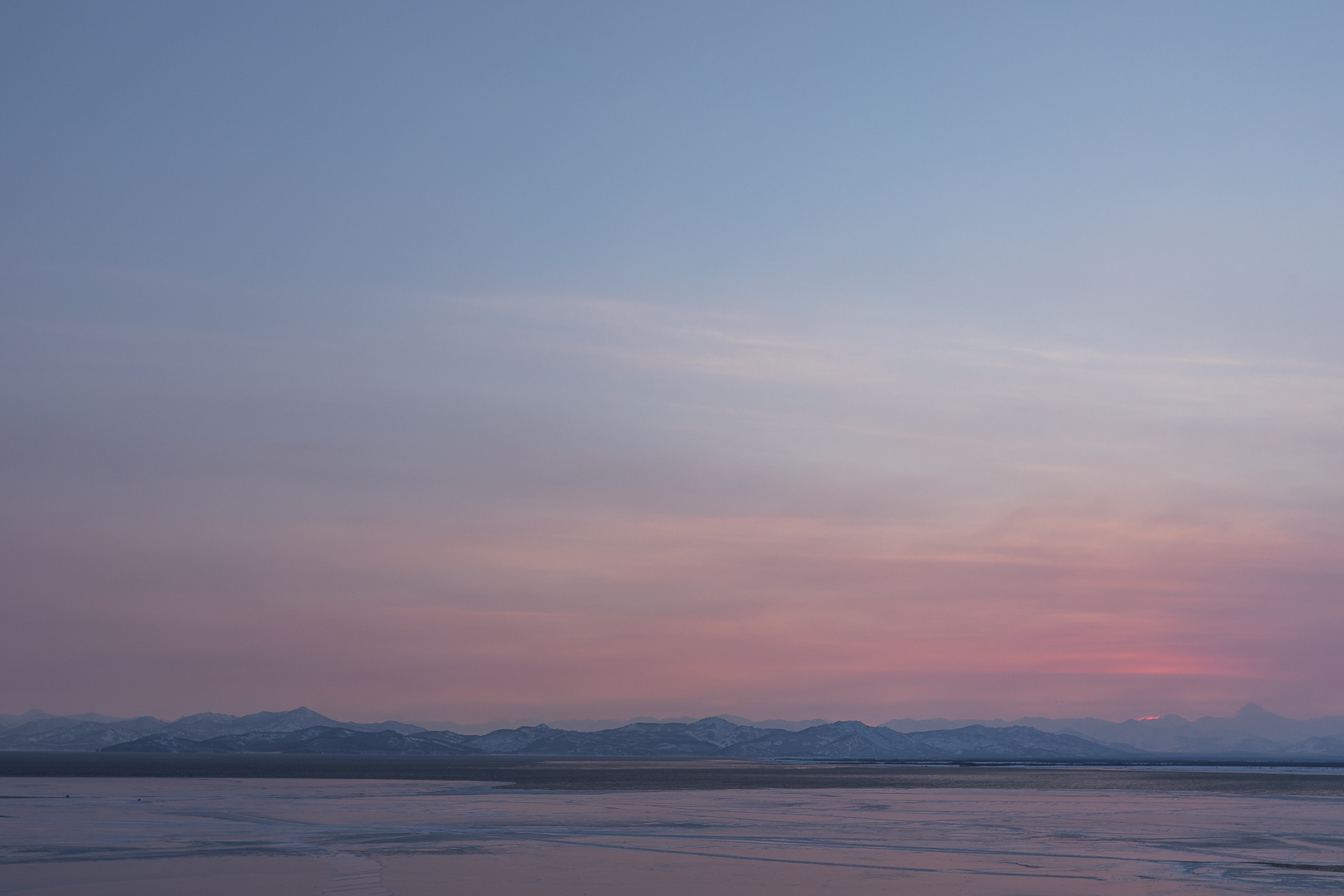
![[Group 0]-Golden_190222_0835_9644_Golden_190222_0835_9674-31 images.jpg](https://images.squarespace-cdn.com/content/v1/5c142dfb7c9327d56b3170fc/1552418266491-APMSMV7HKWM6KU03P8GH/%5BGroup+0%5D-Golden_190222_0835_9644_Golden_190222_0835_9674-31+images.jpg)

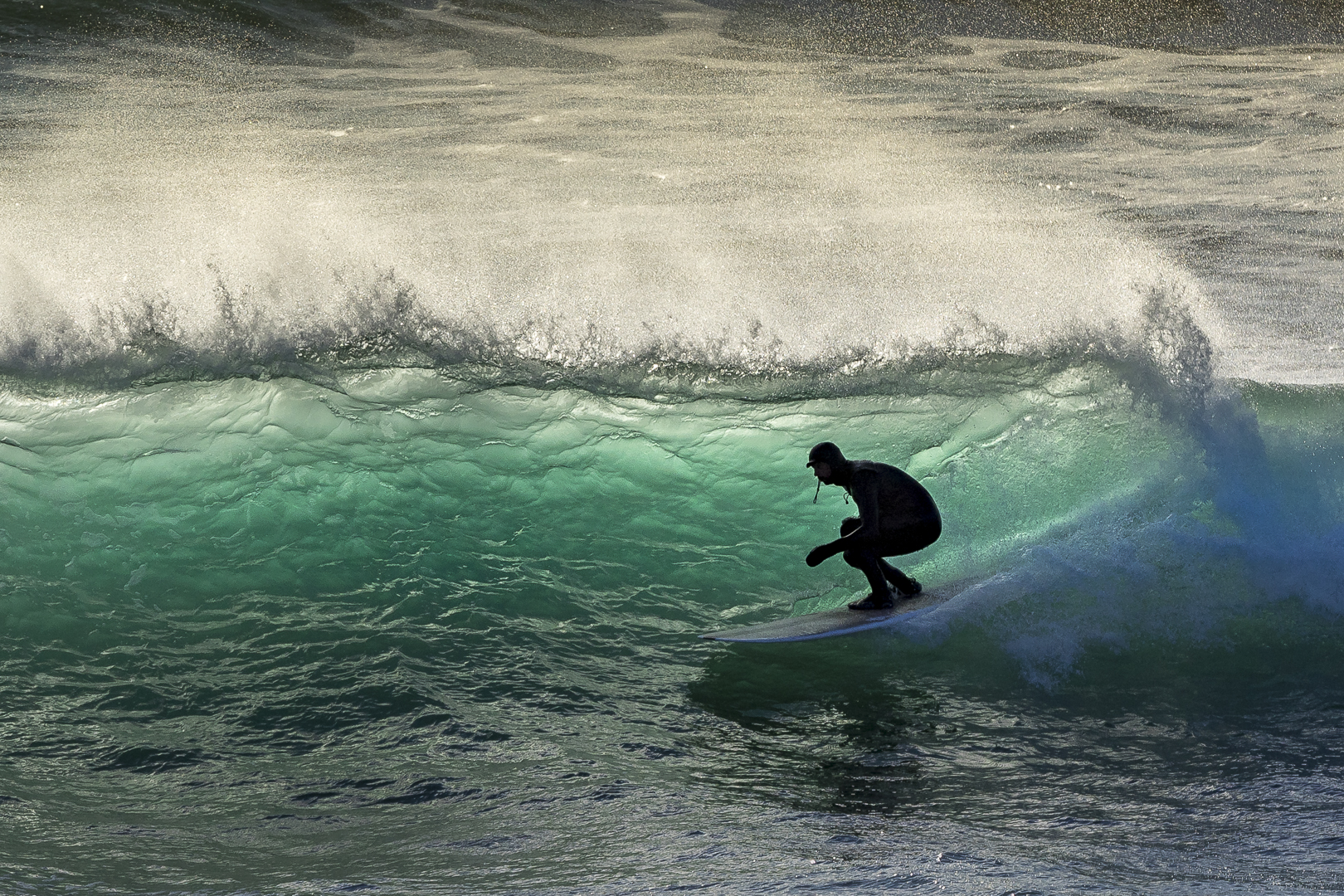
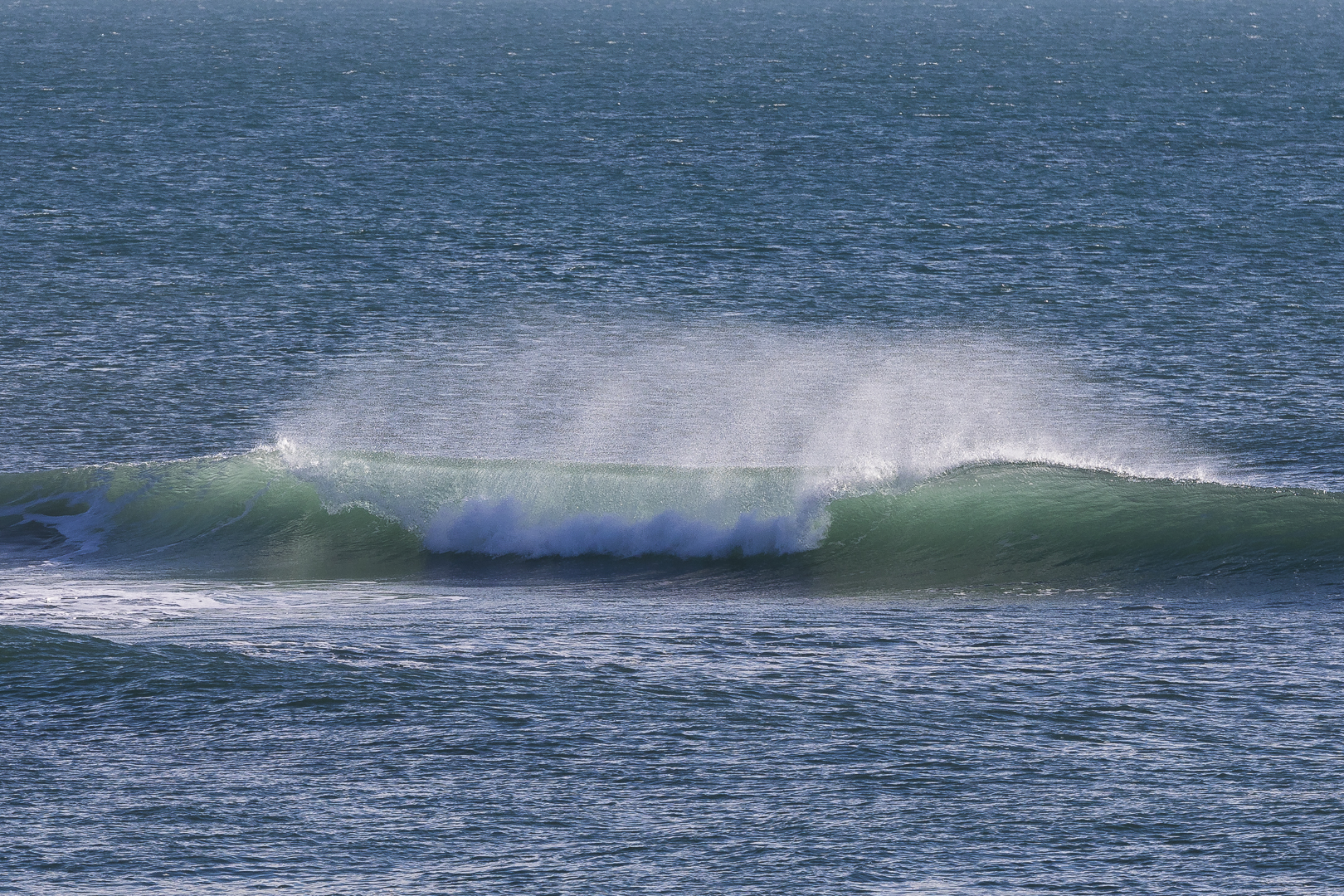
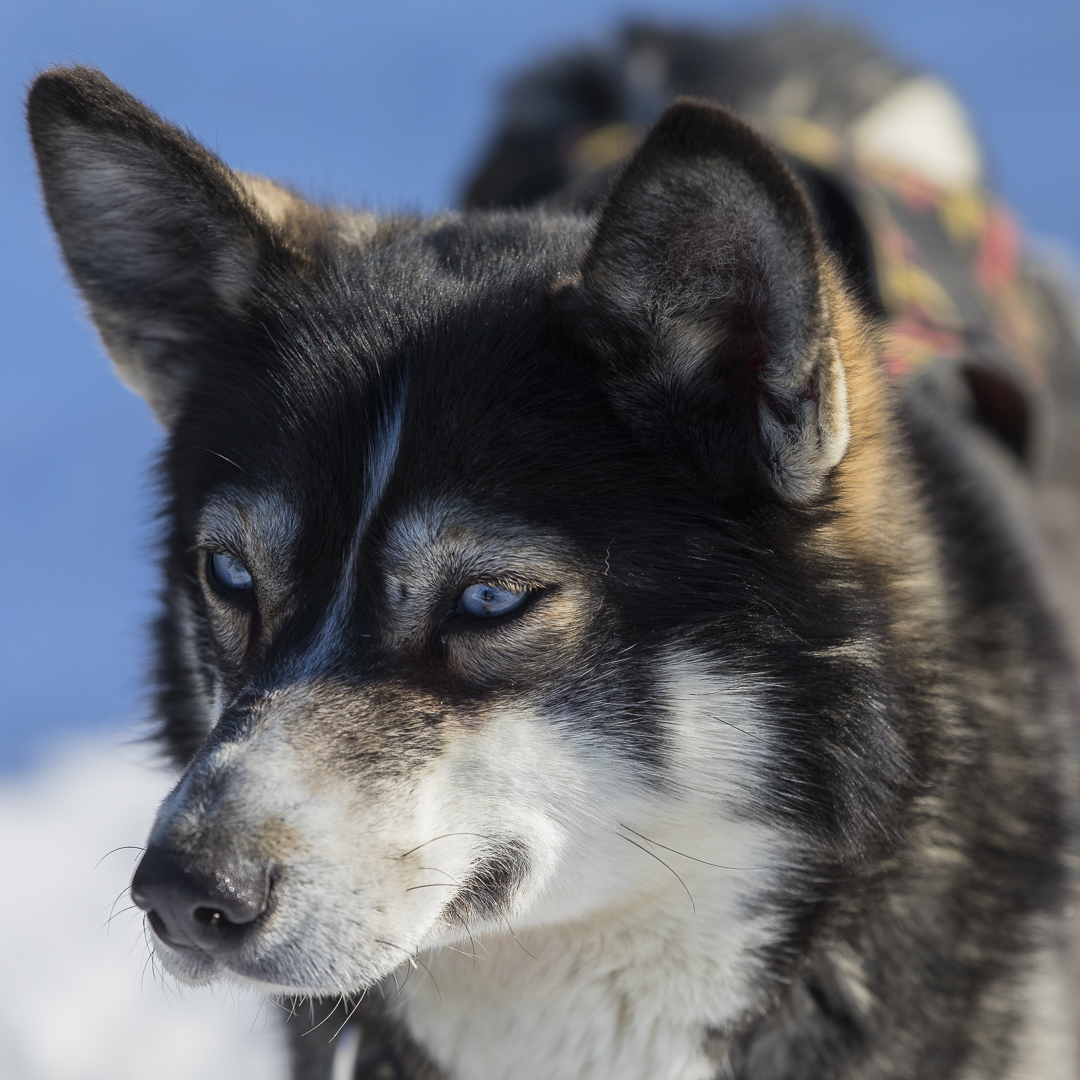
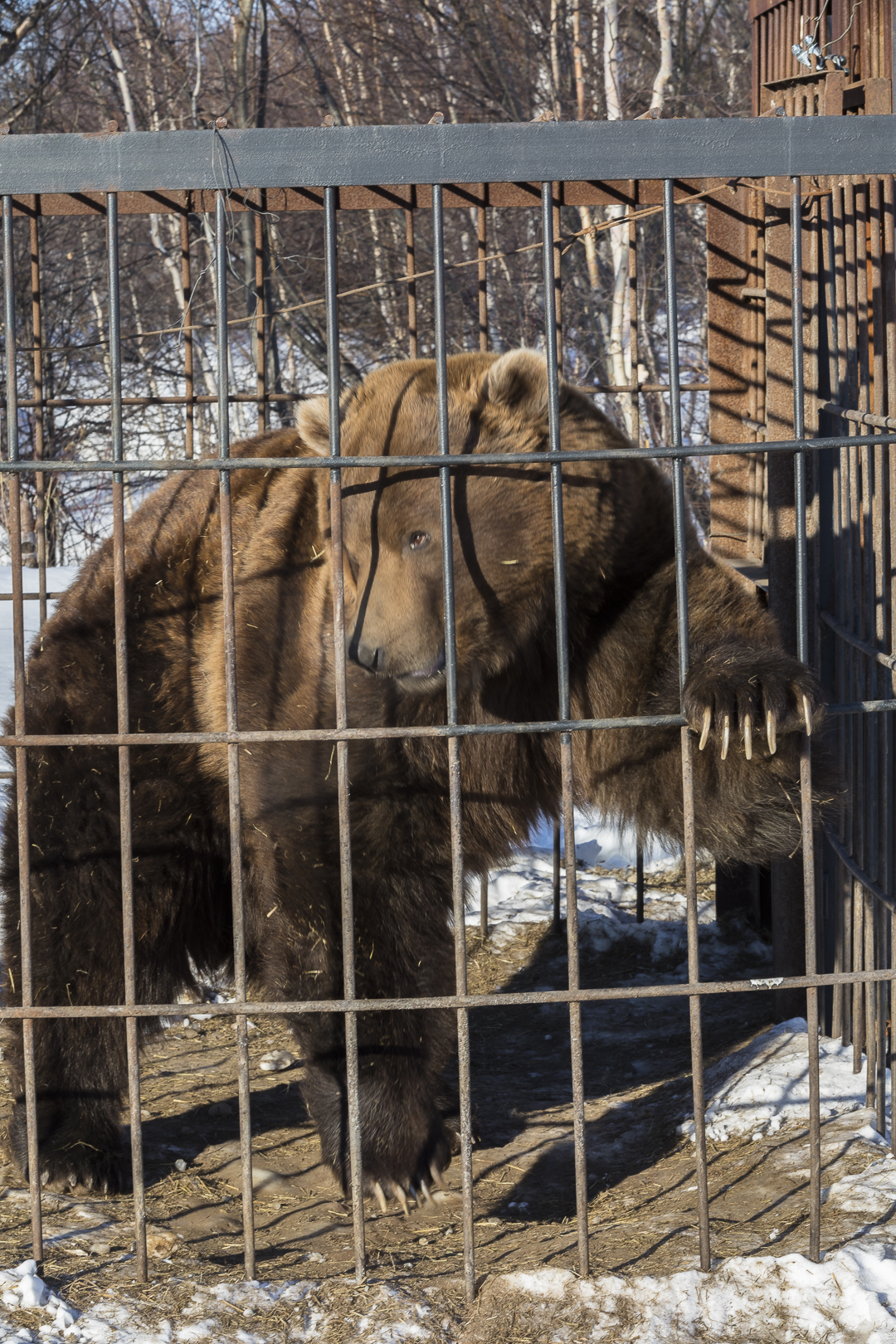
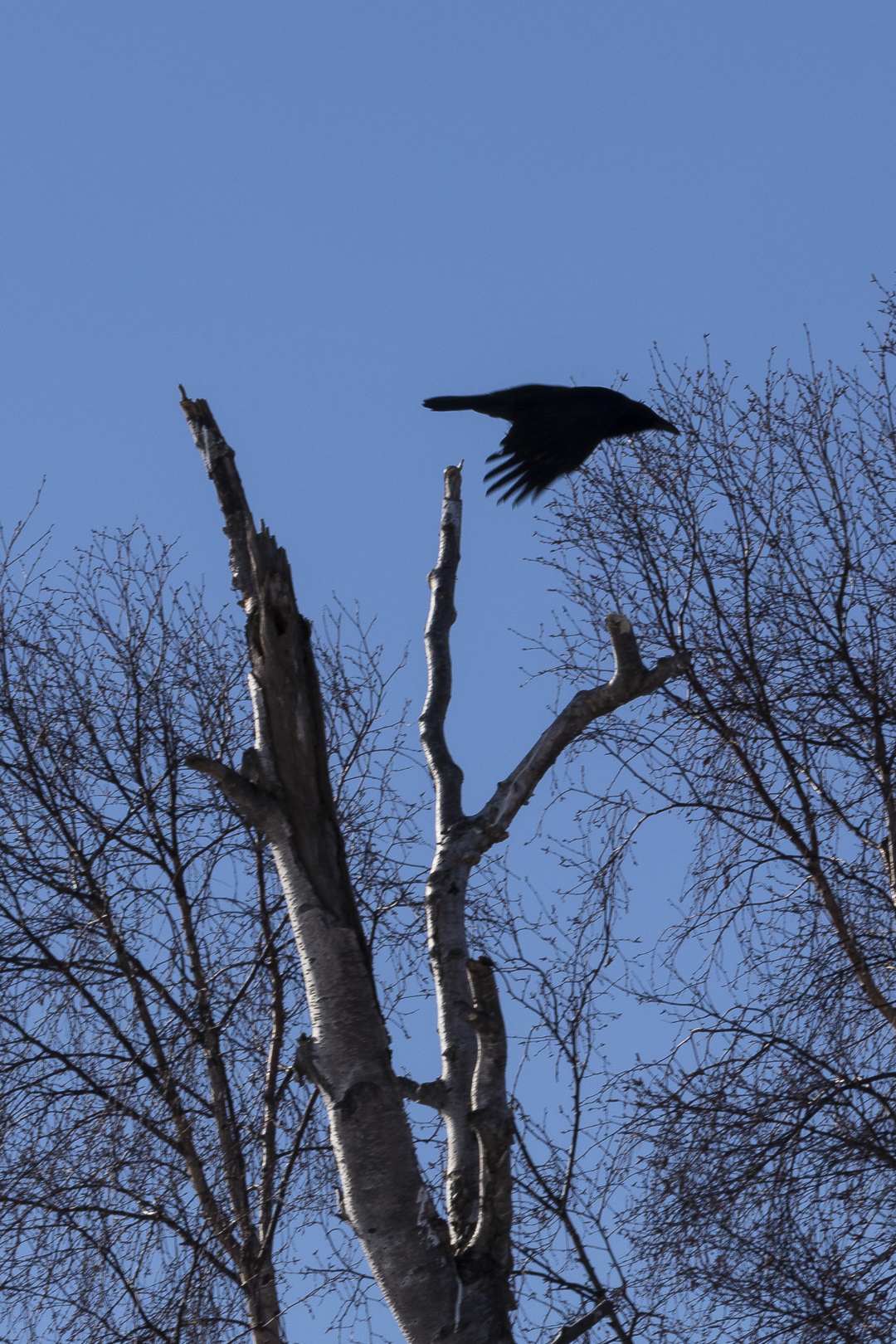

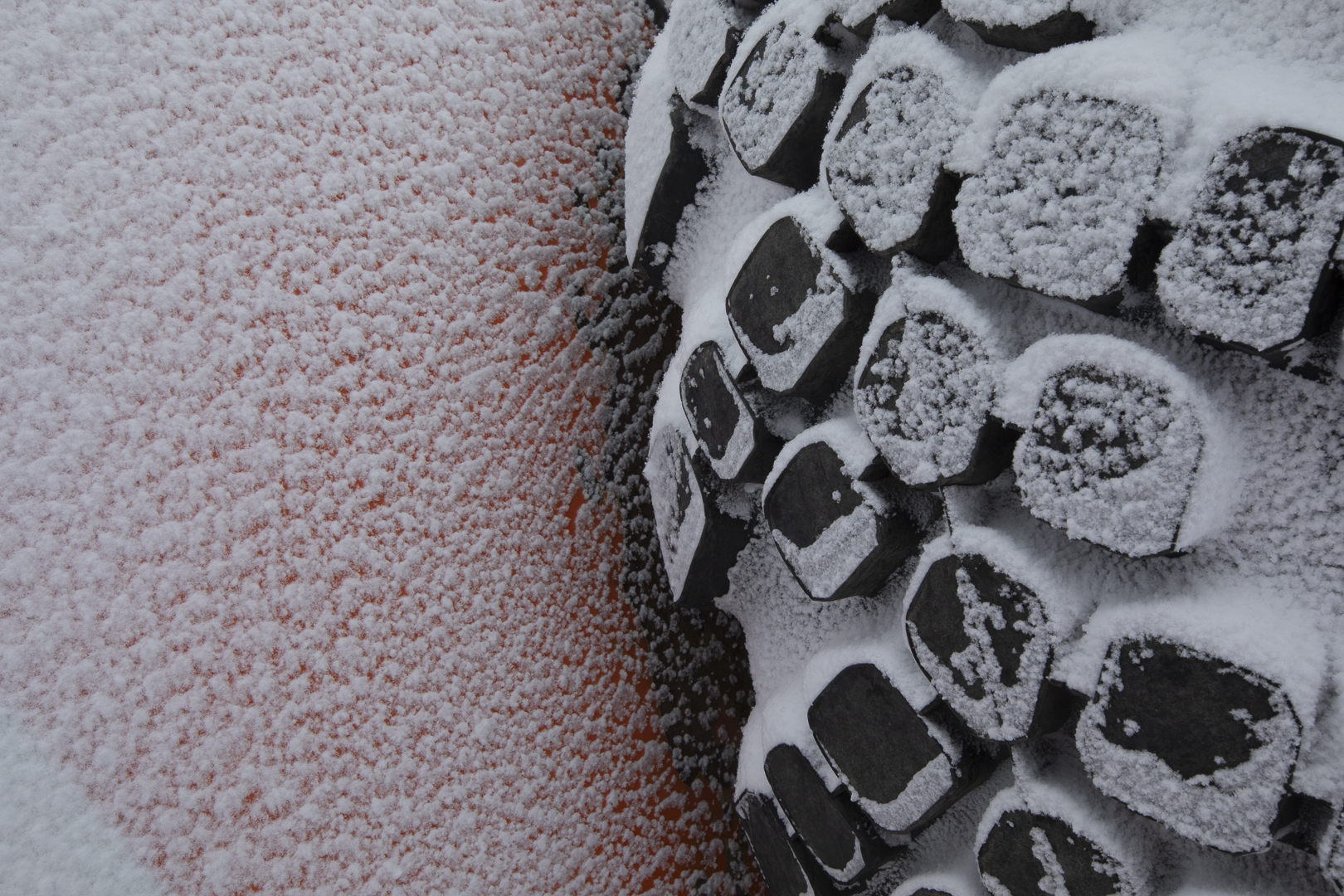
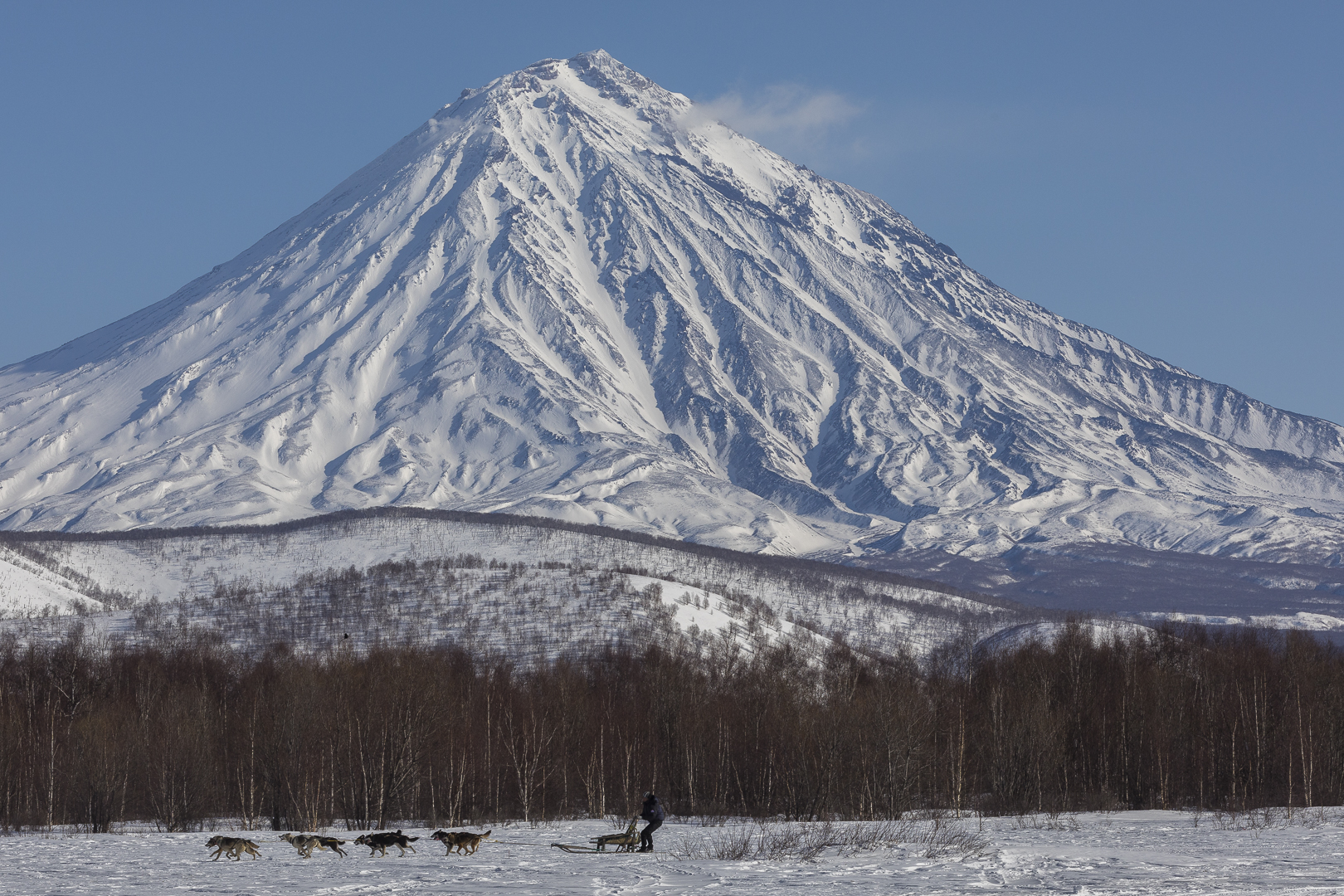
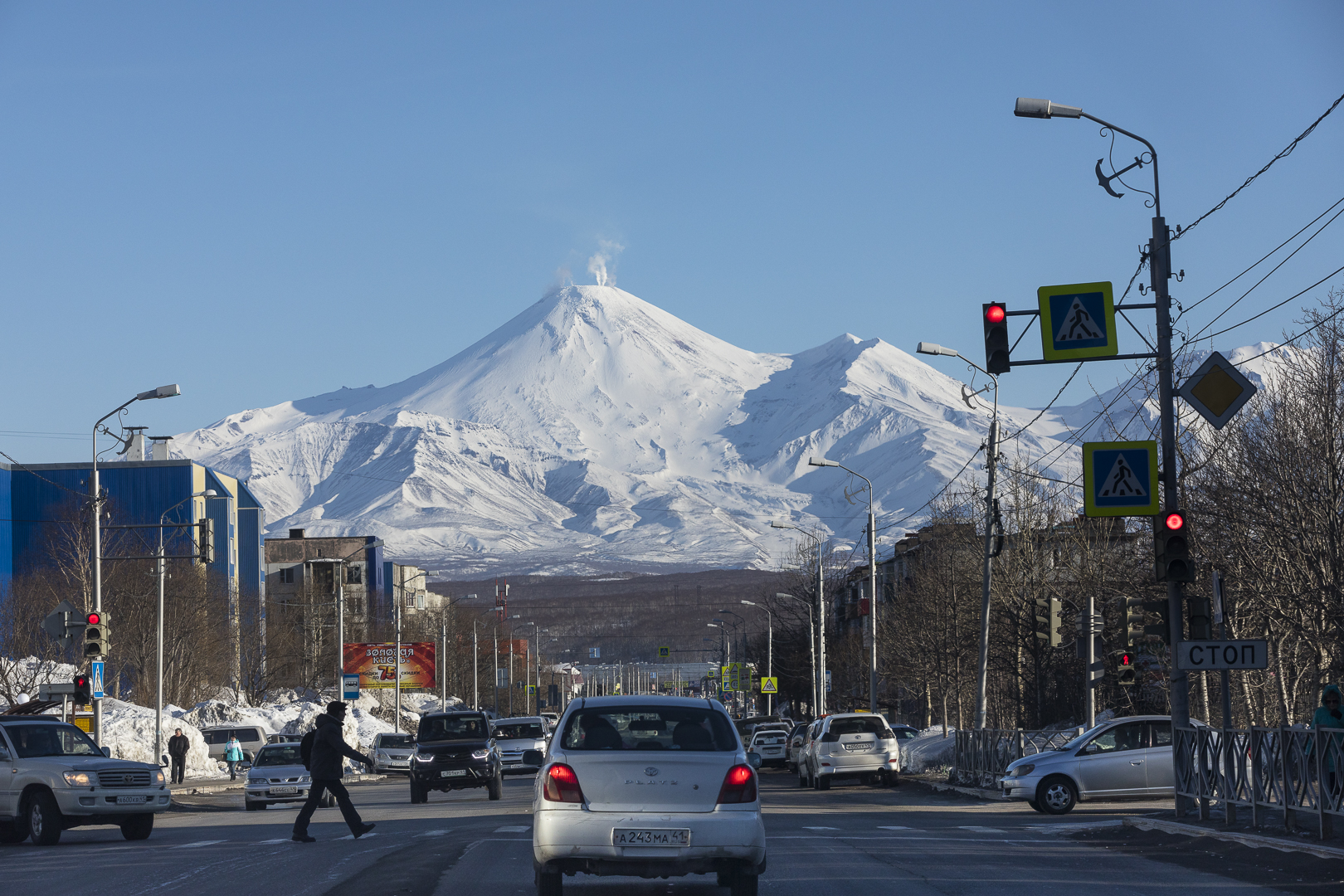
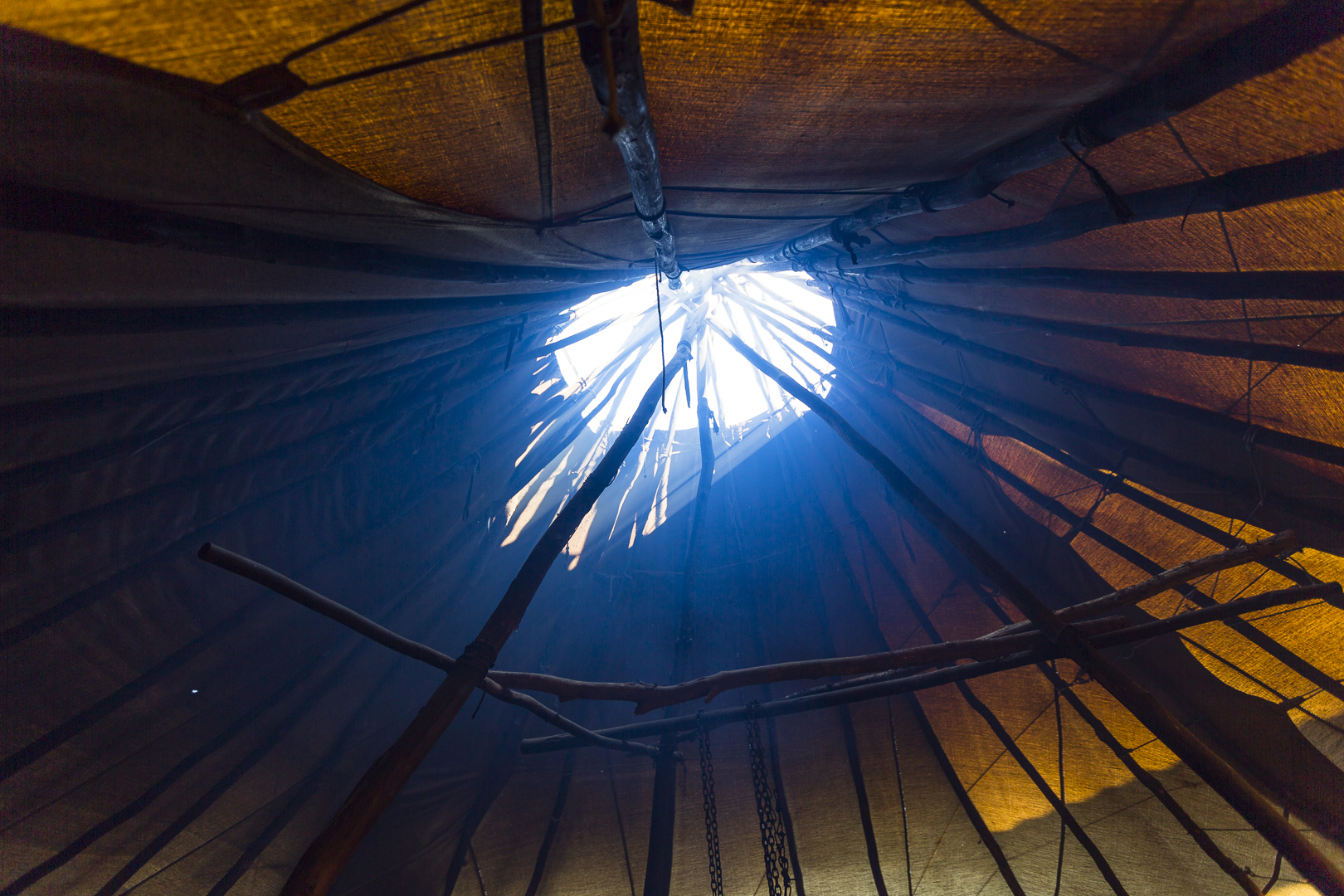
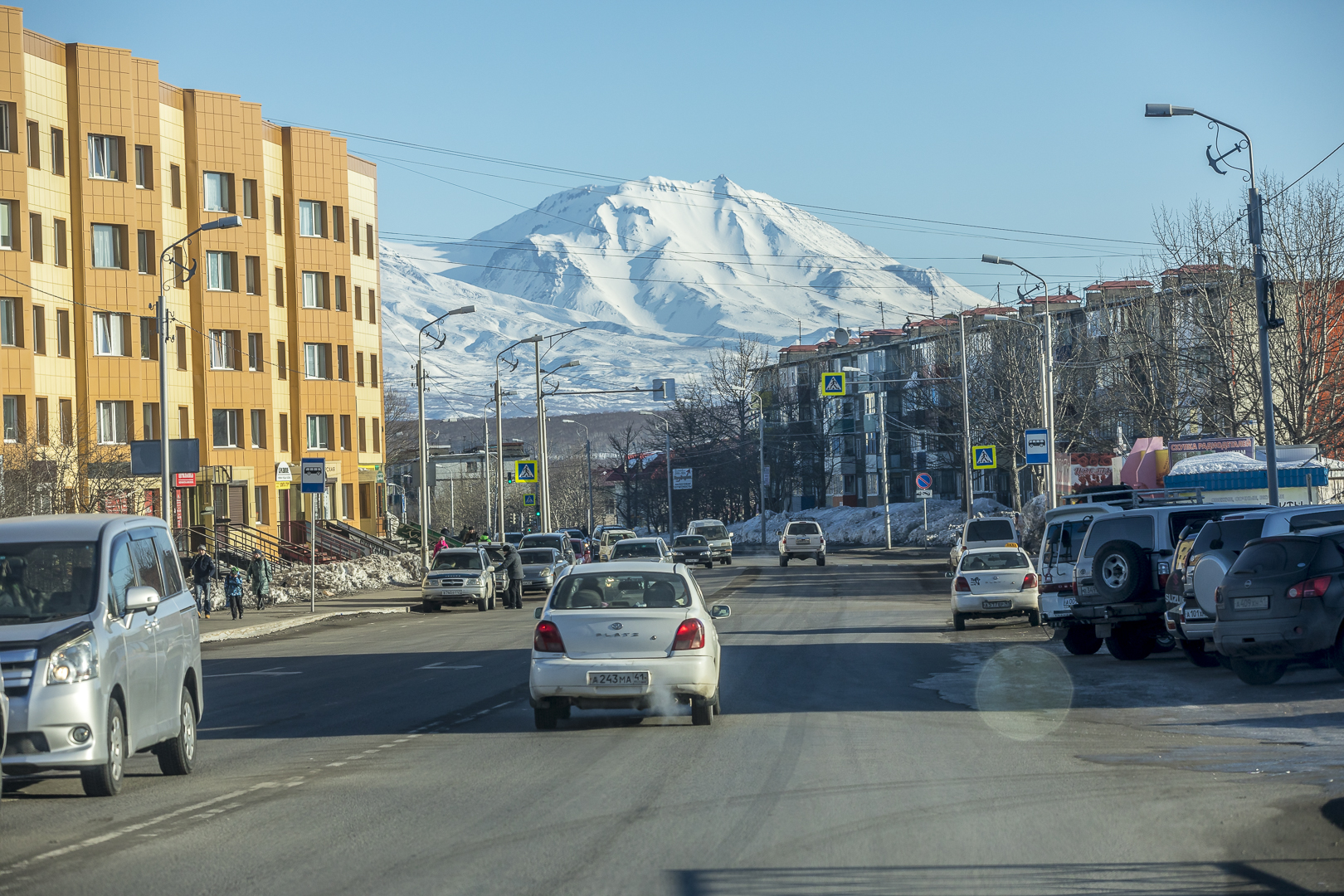
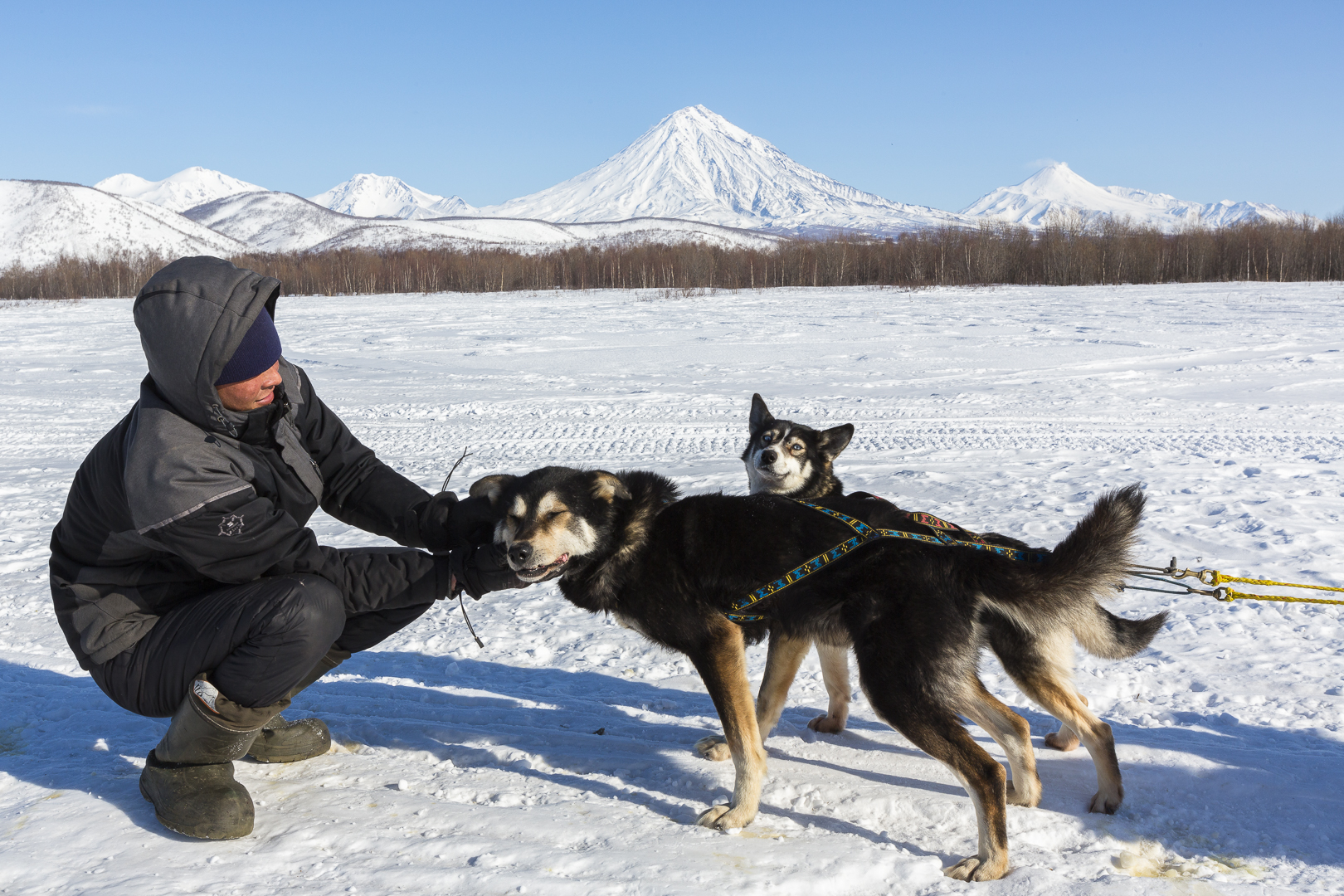
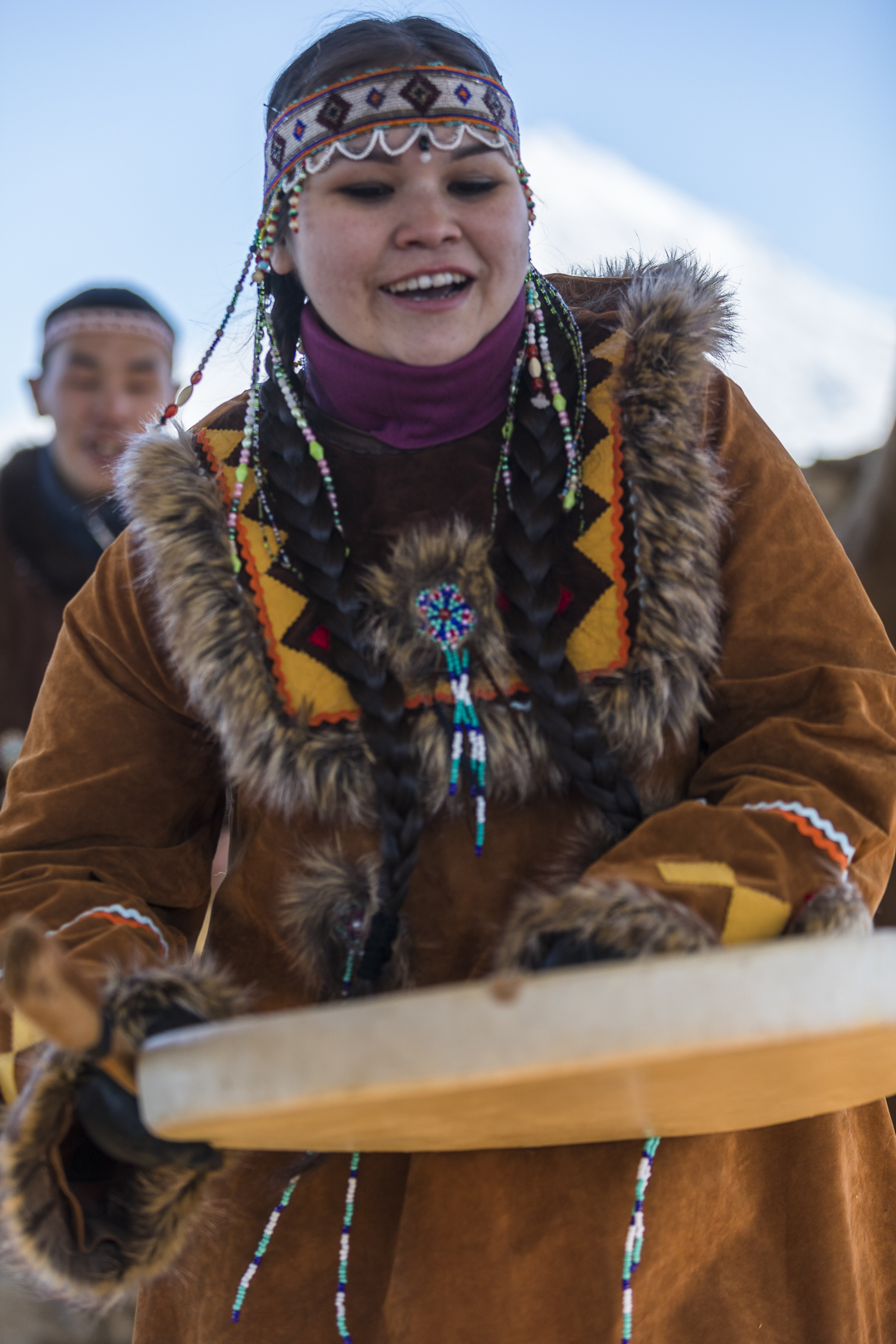

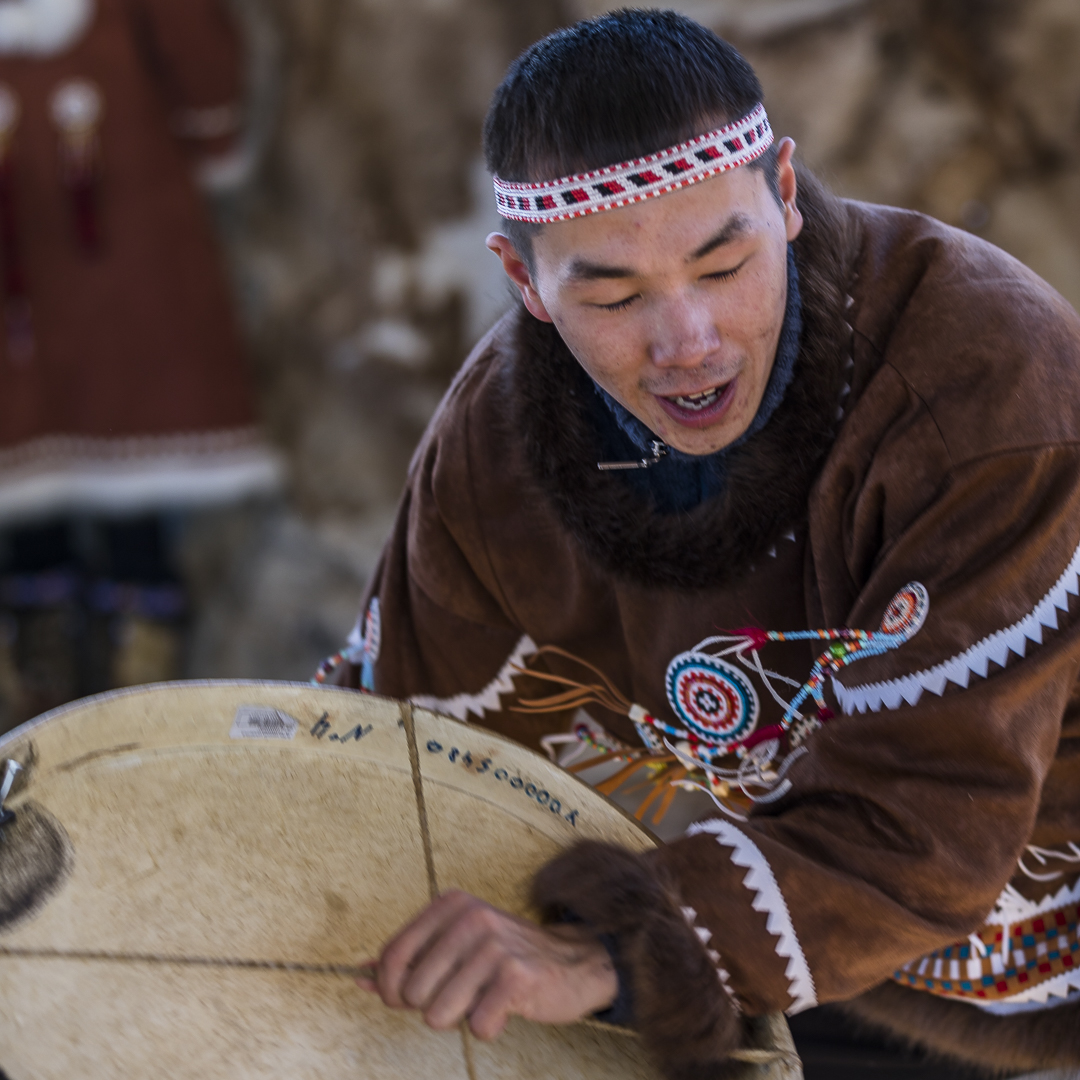
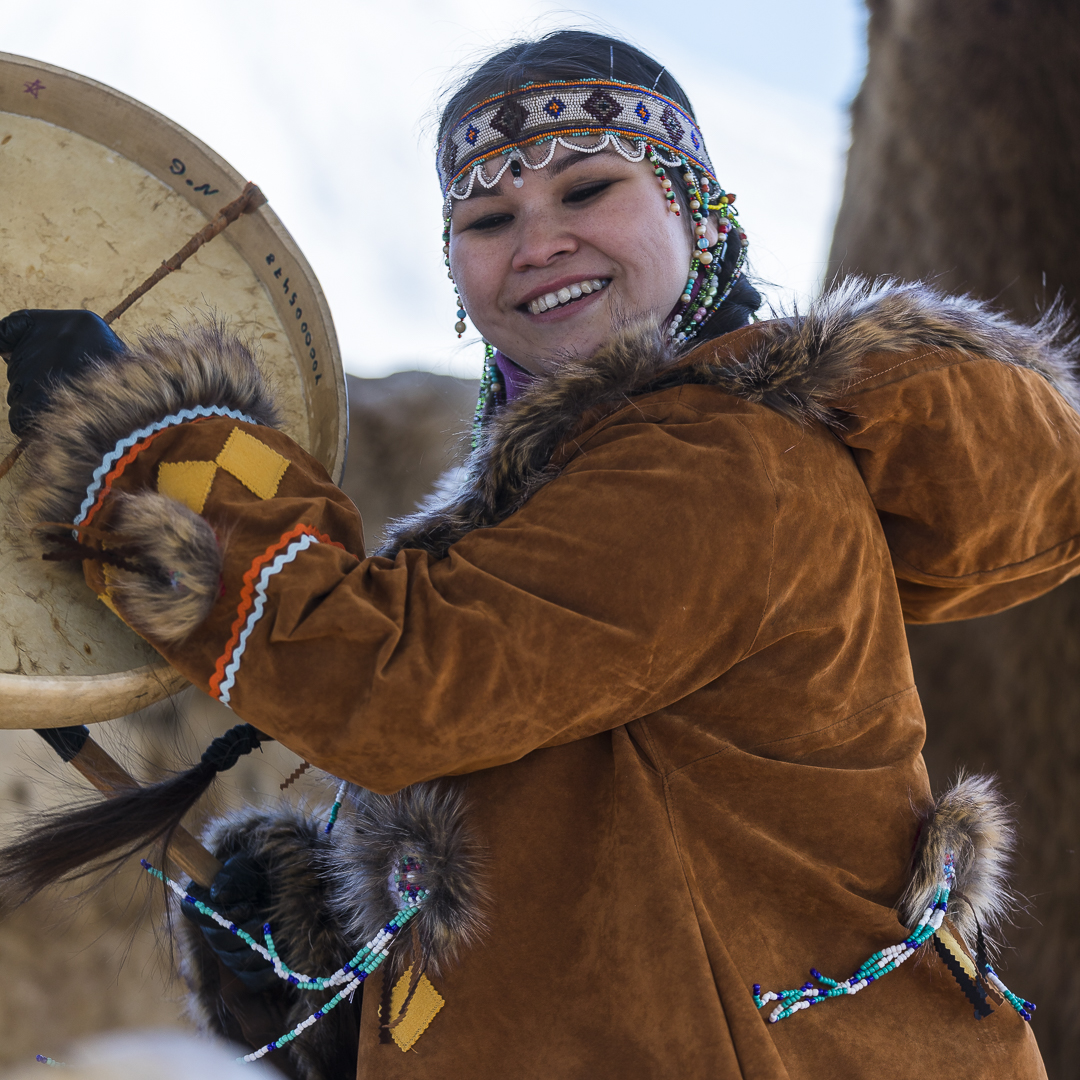
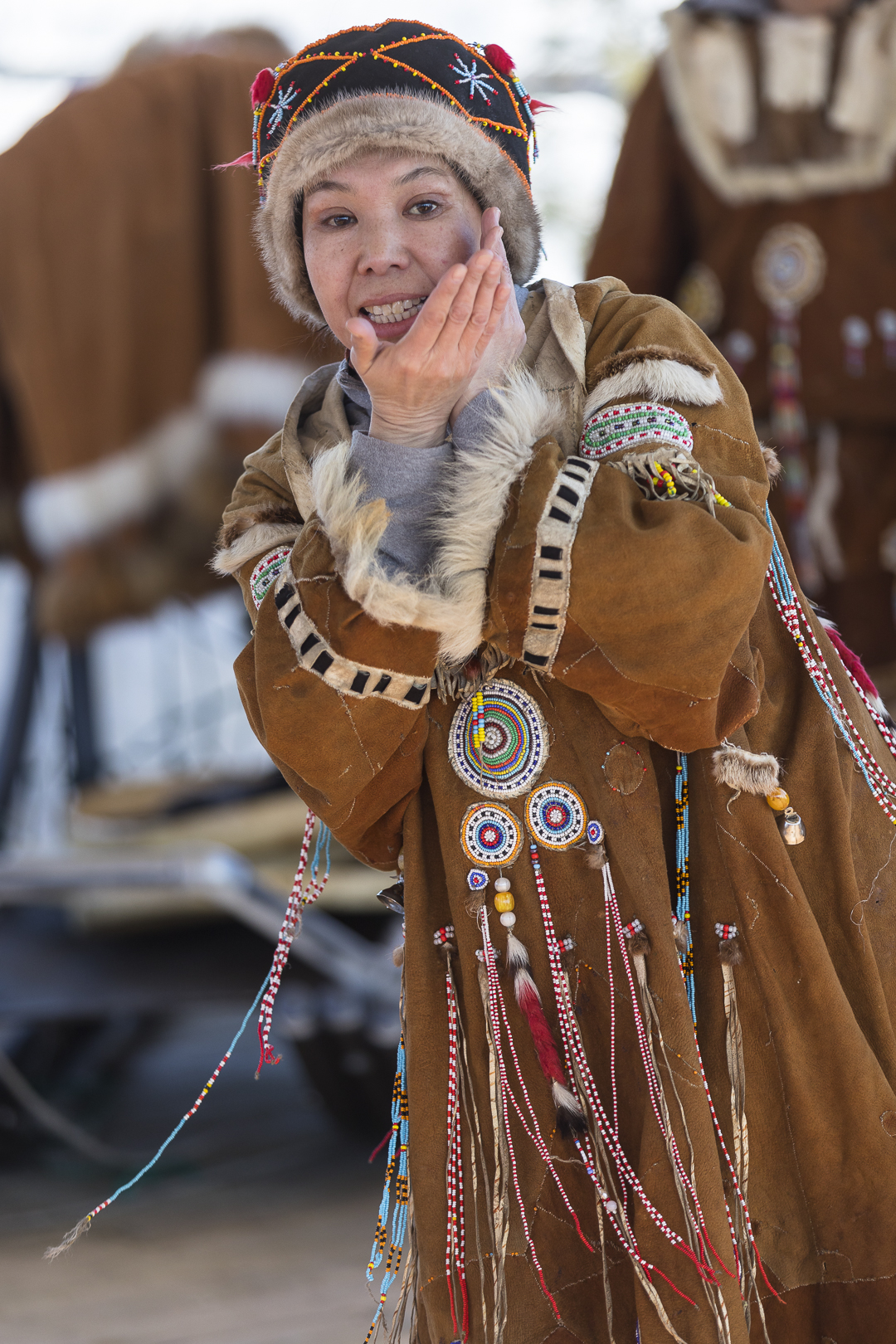
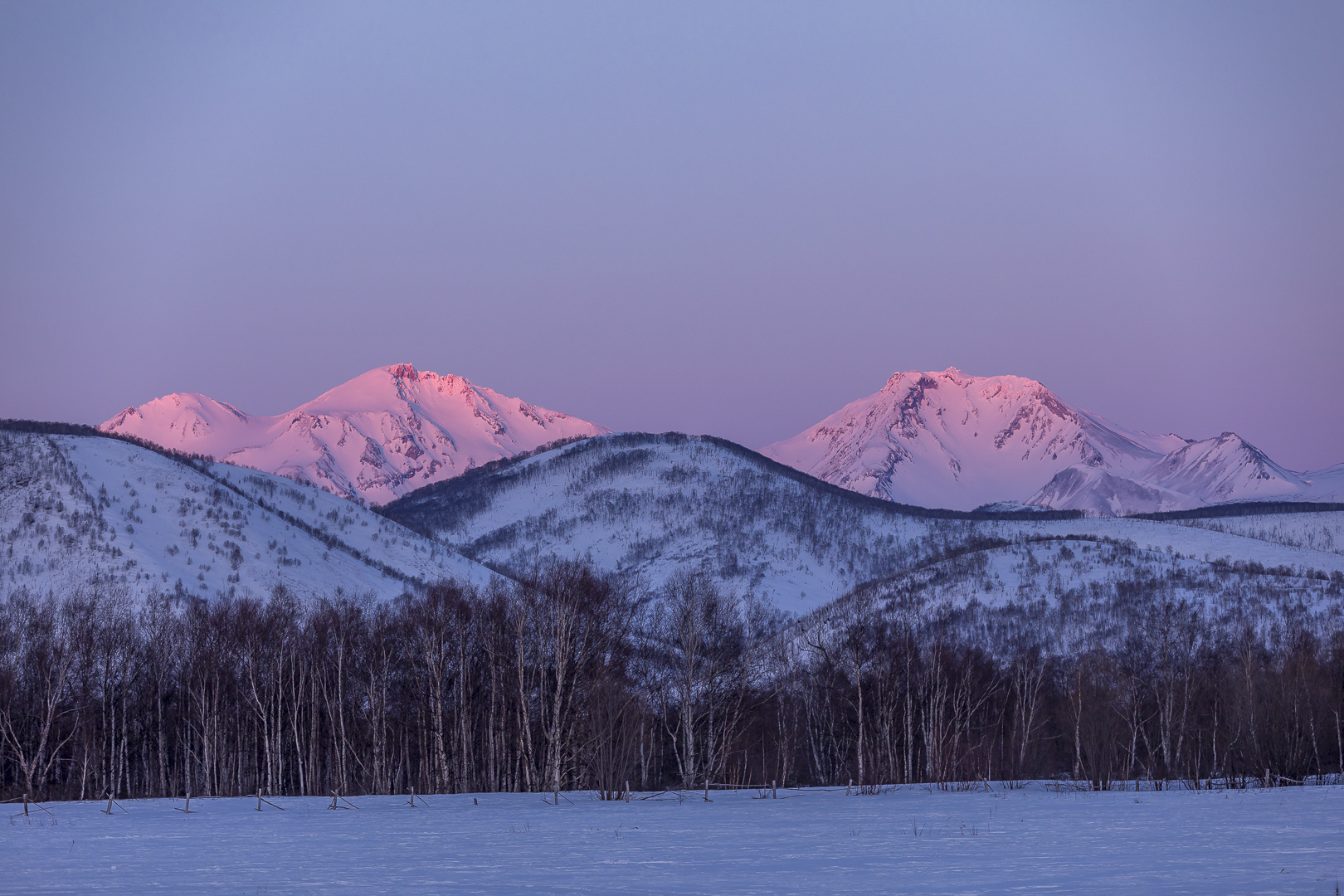
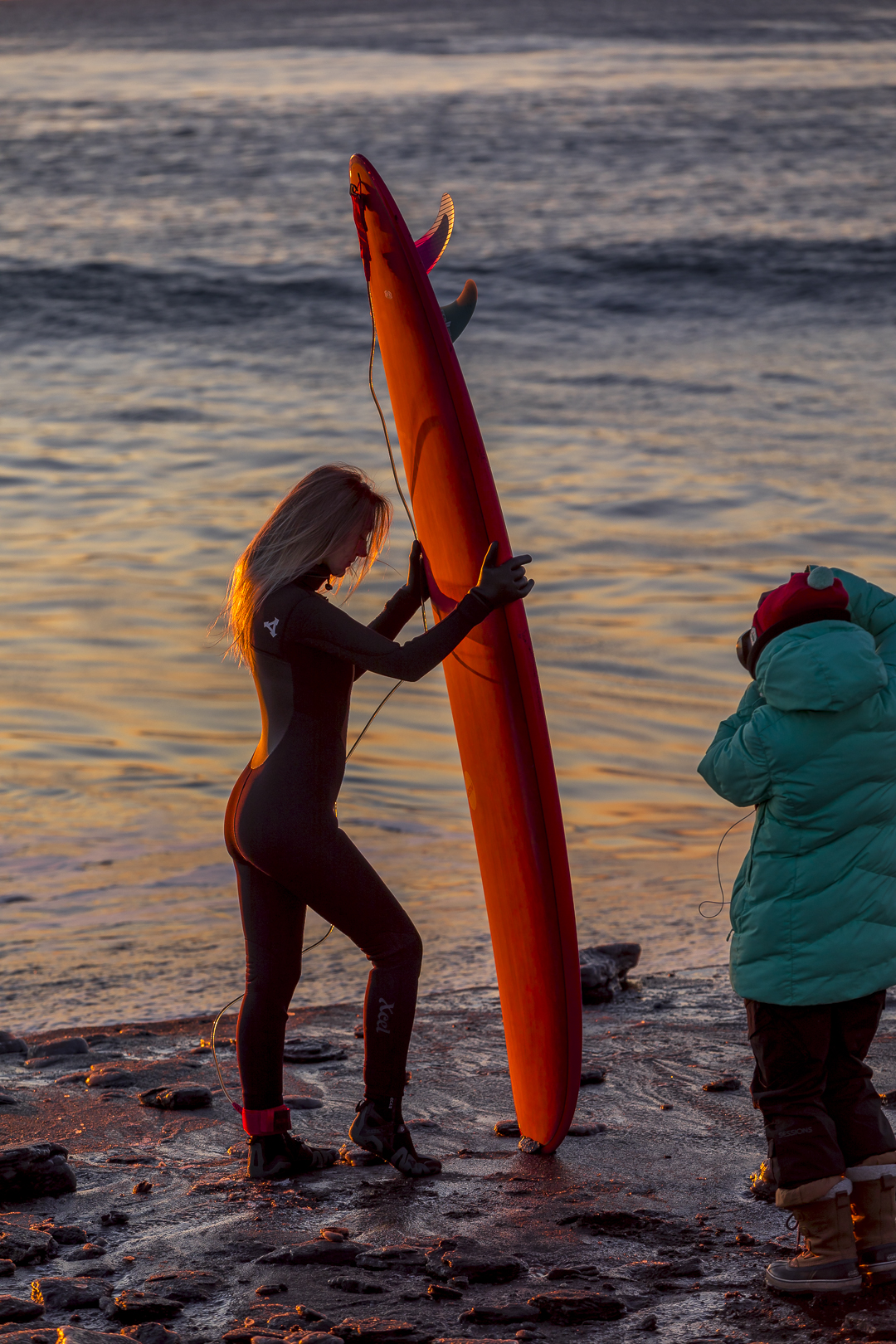
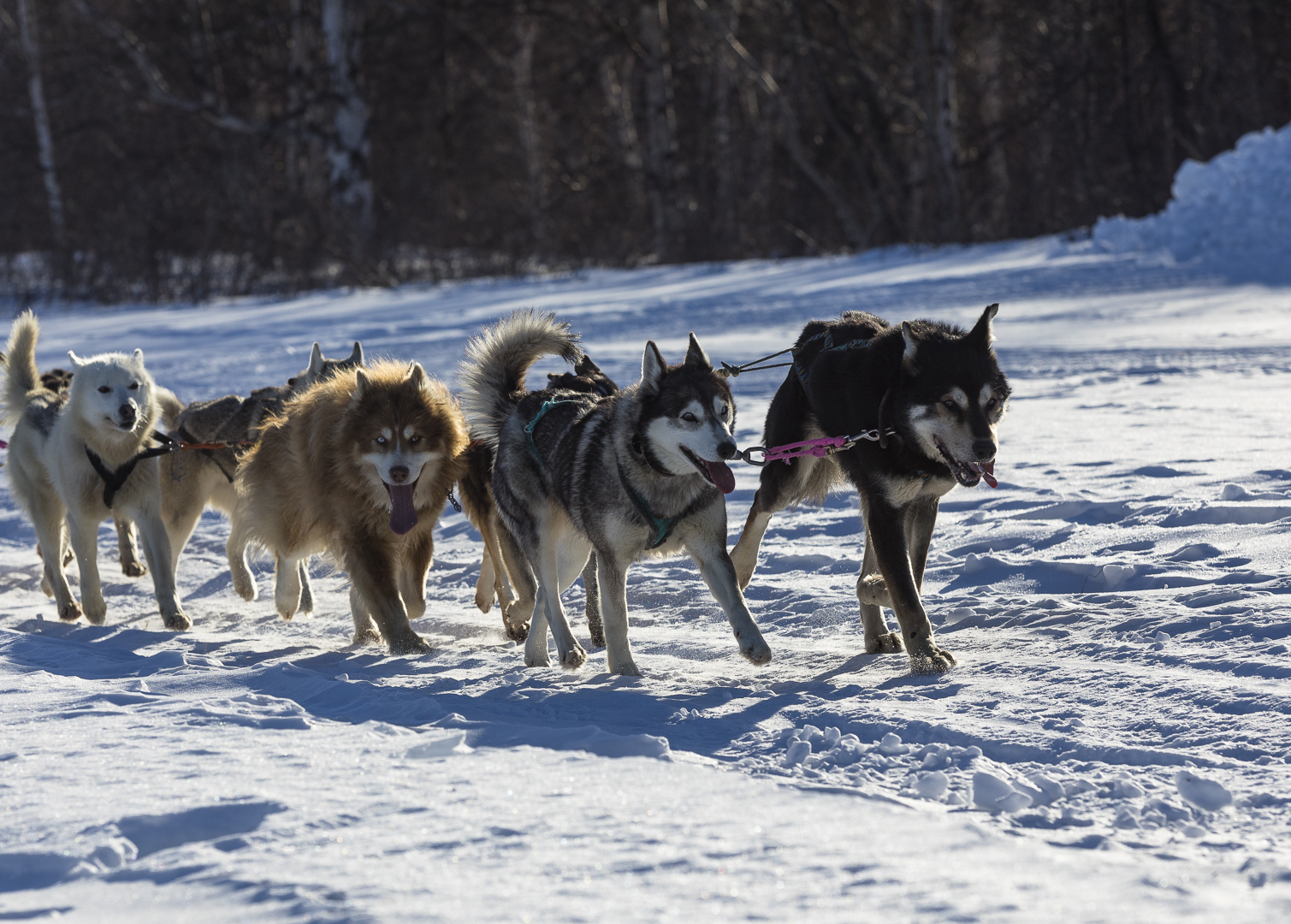
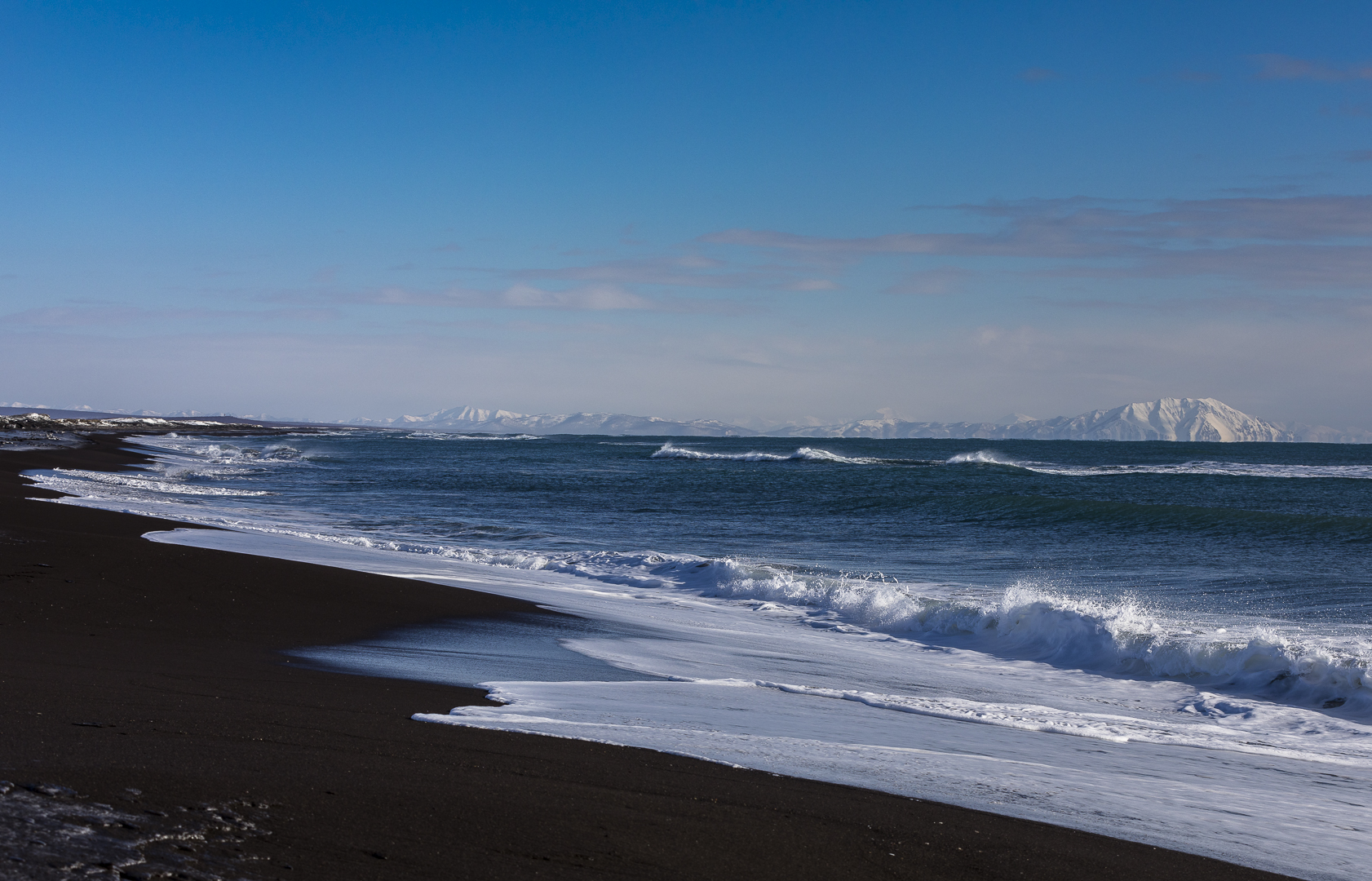
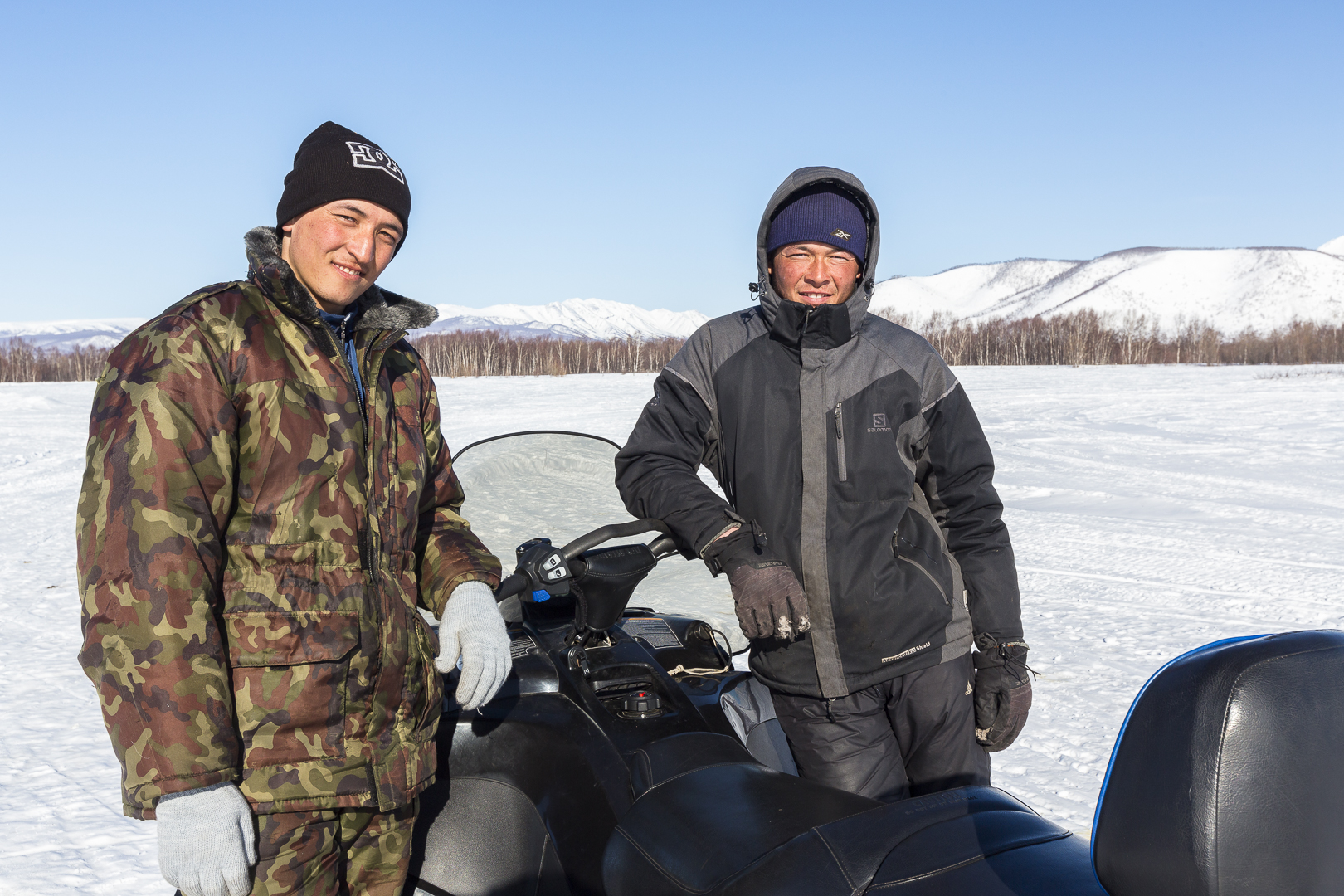
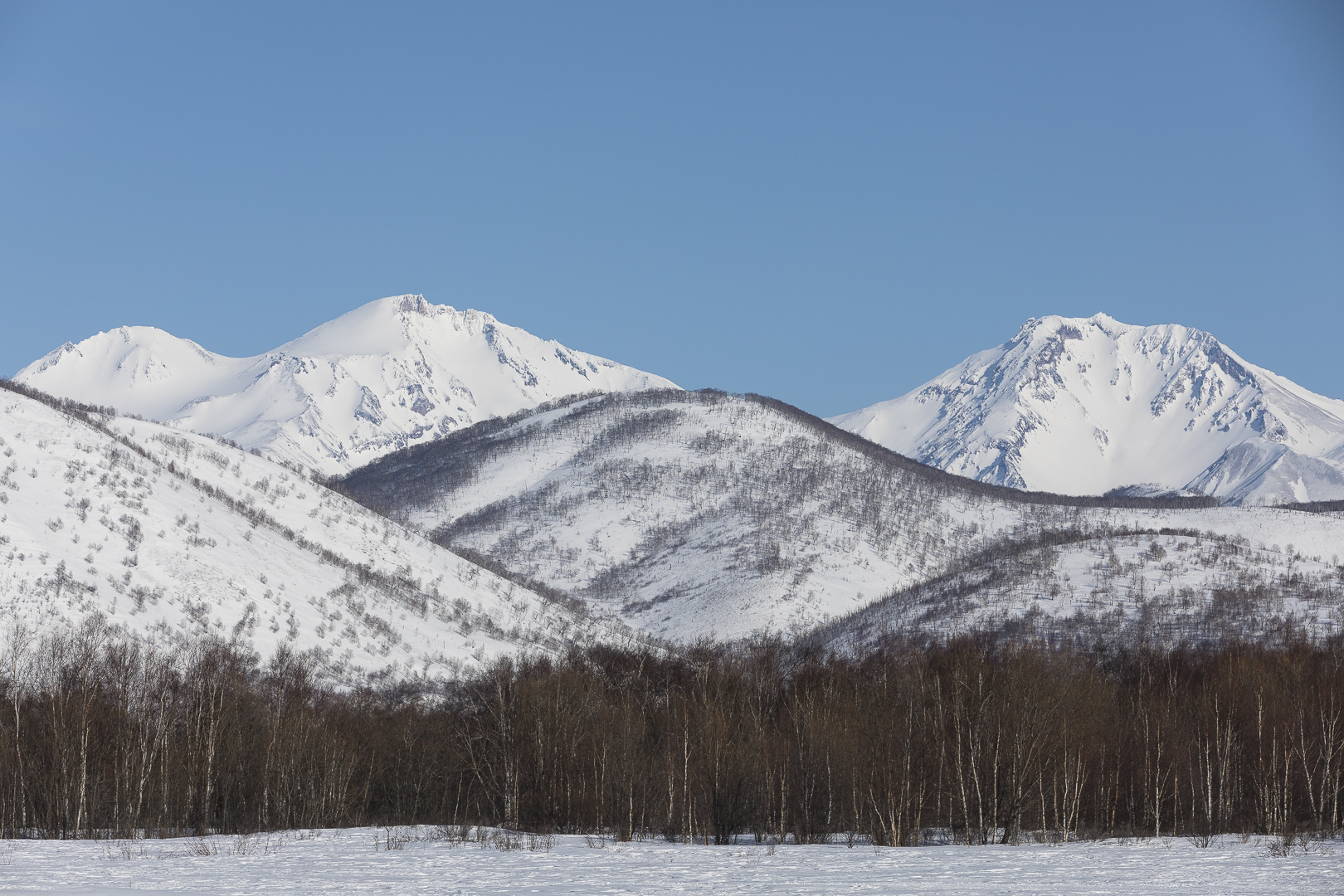
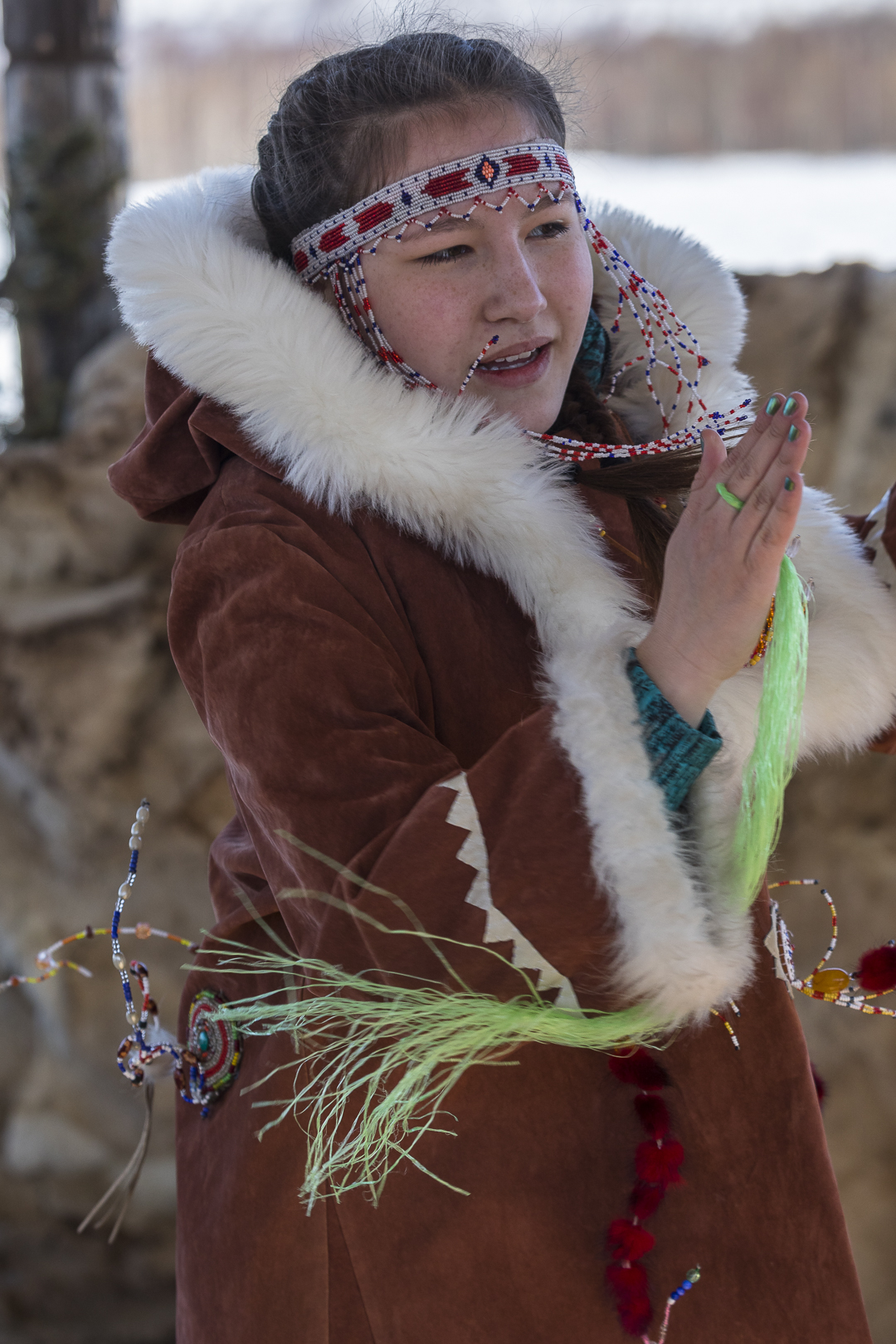
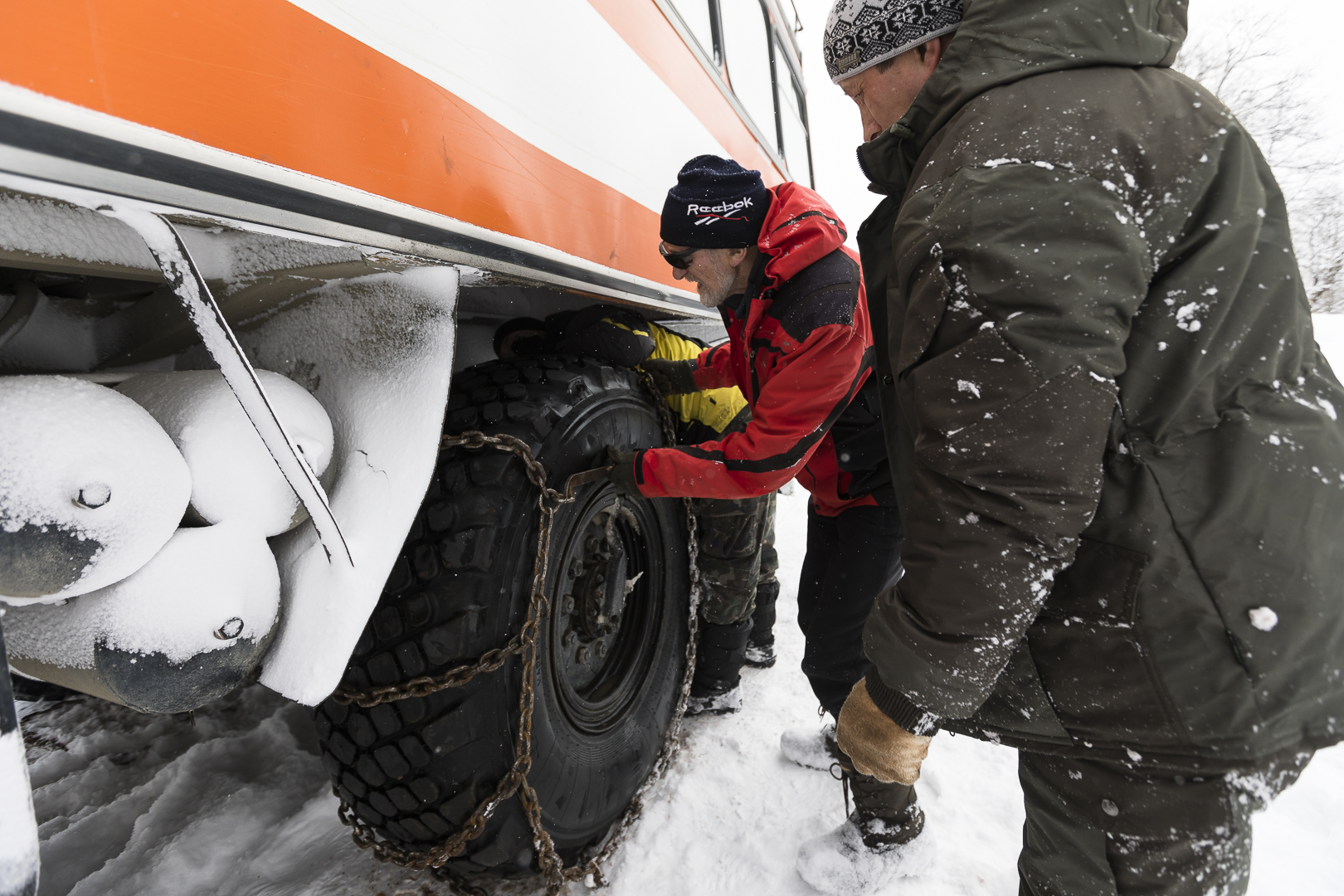
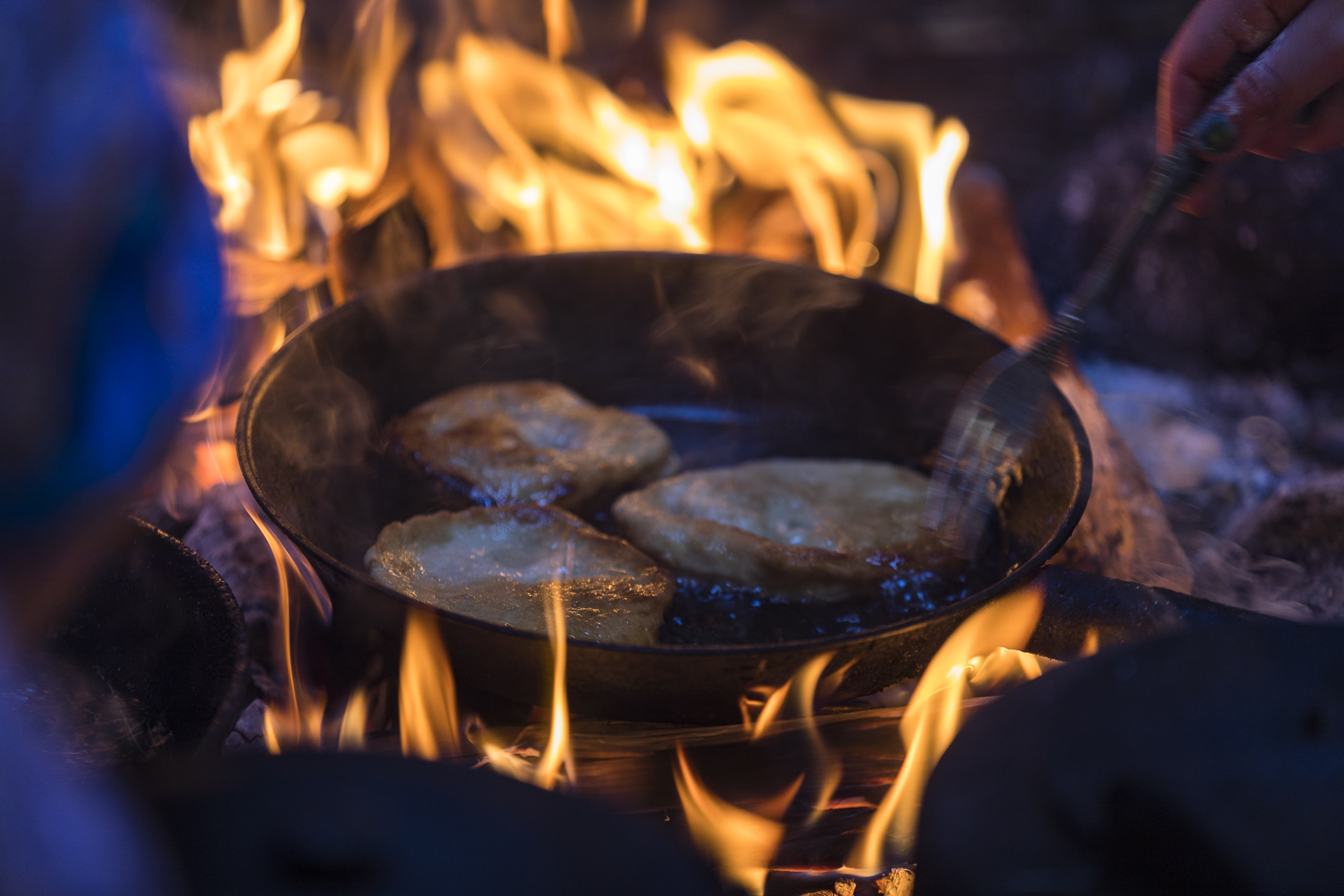
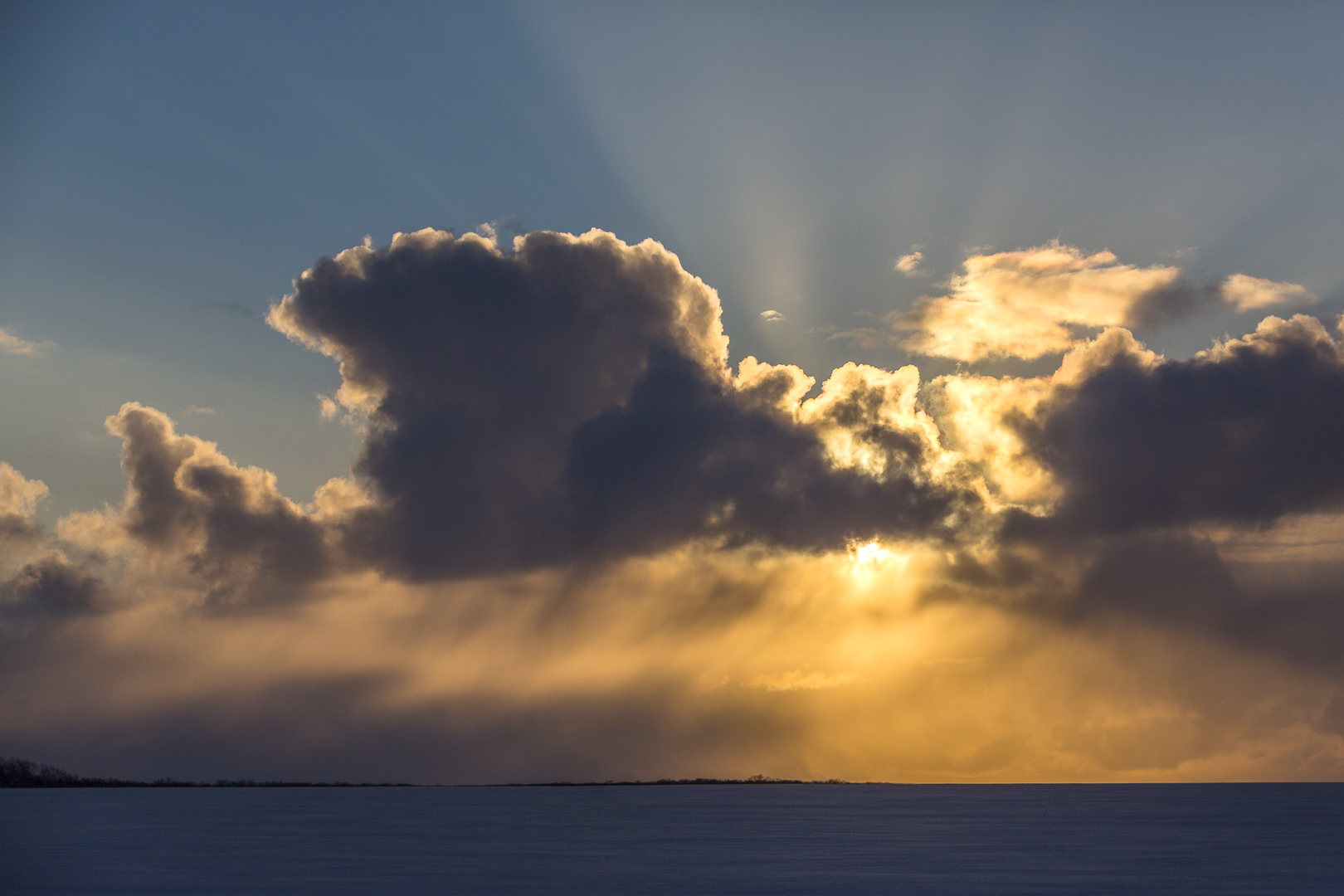
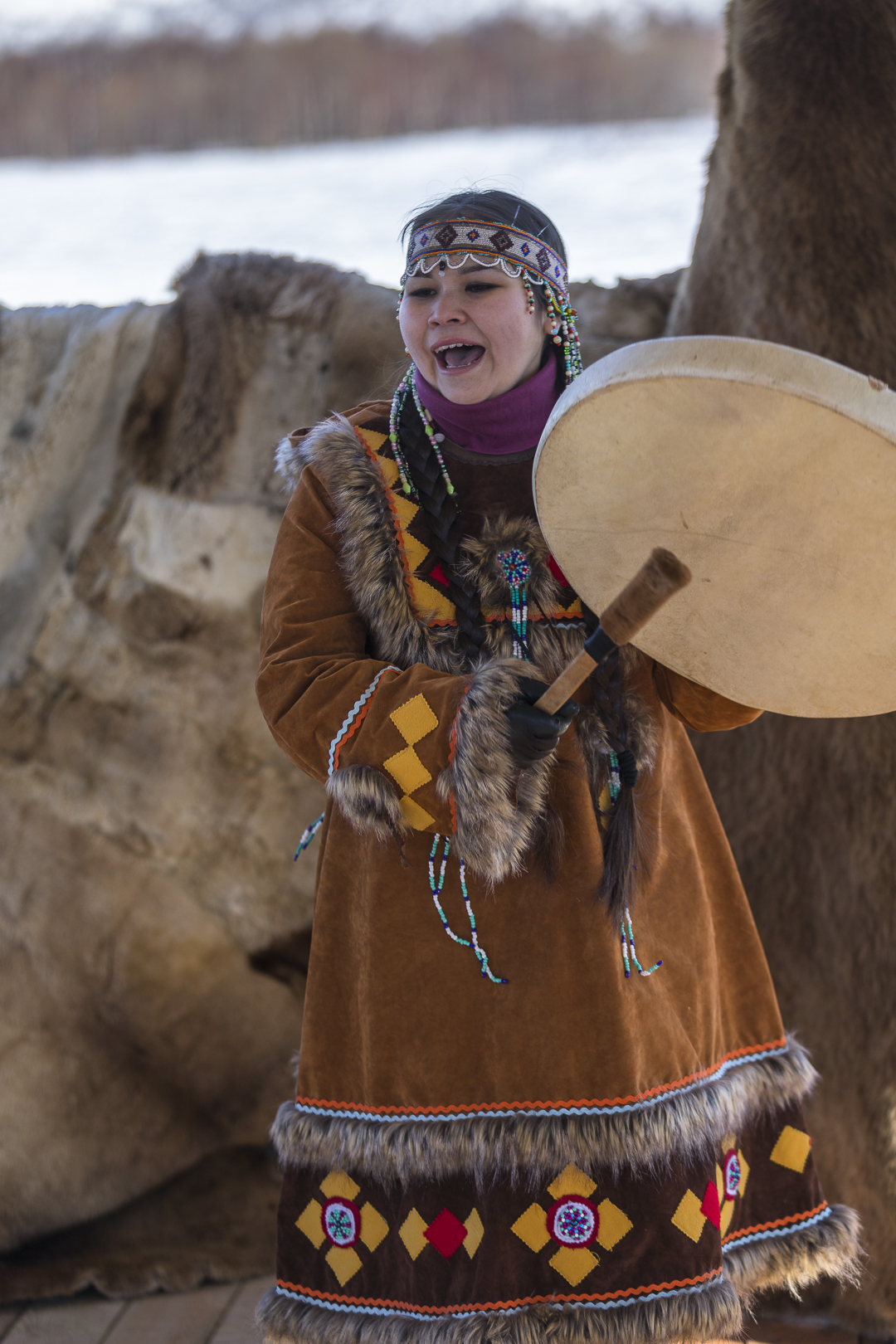
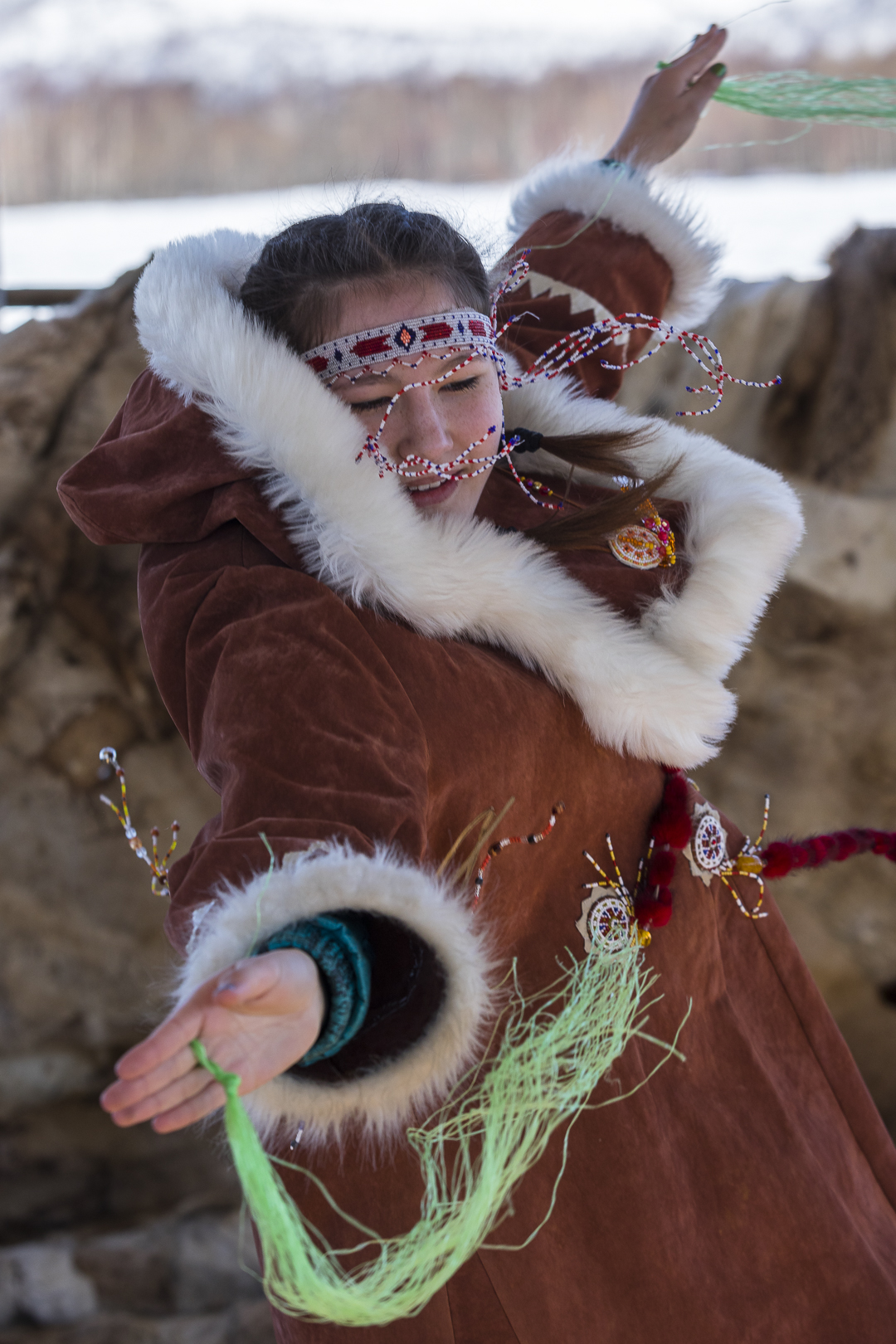

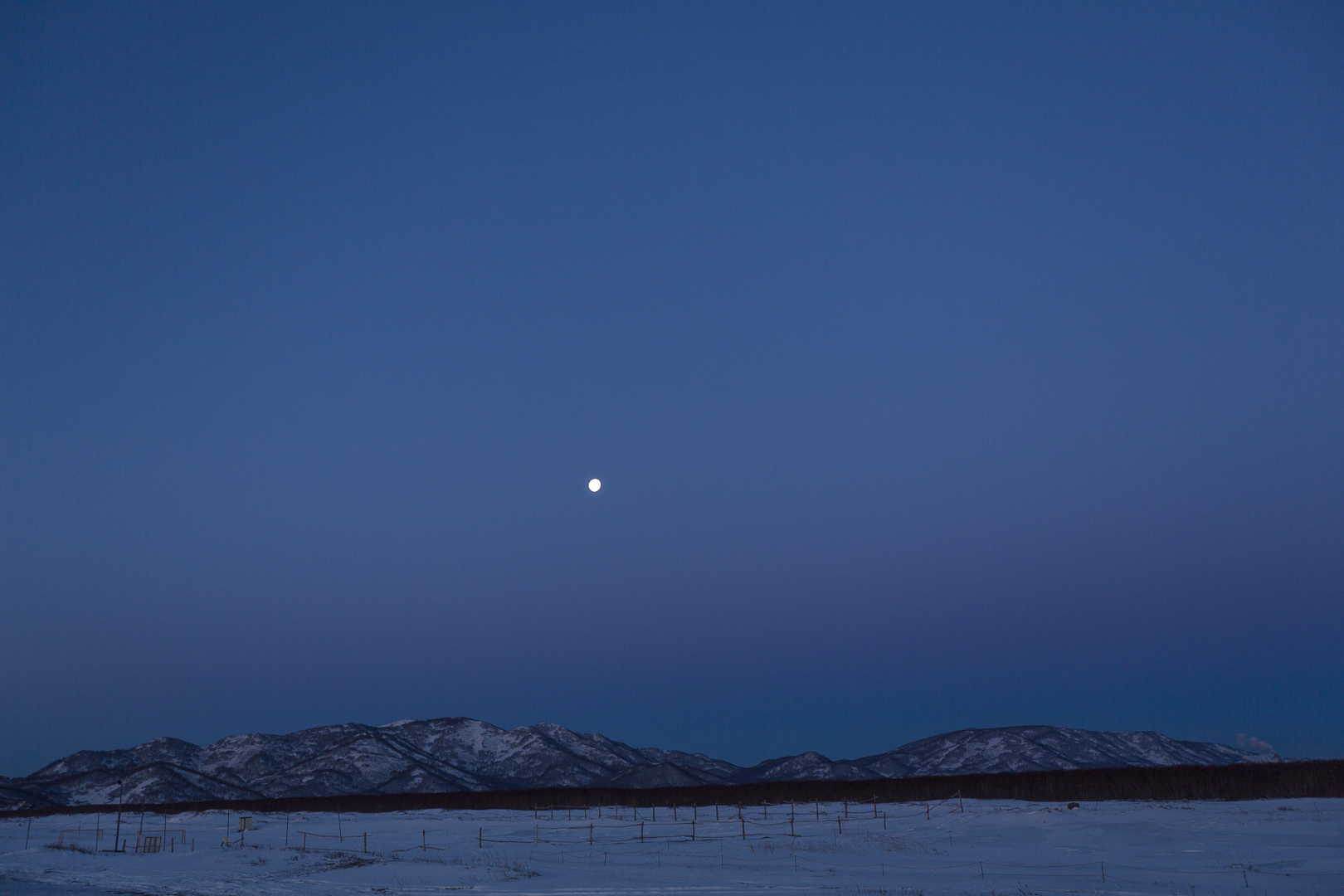
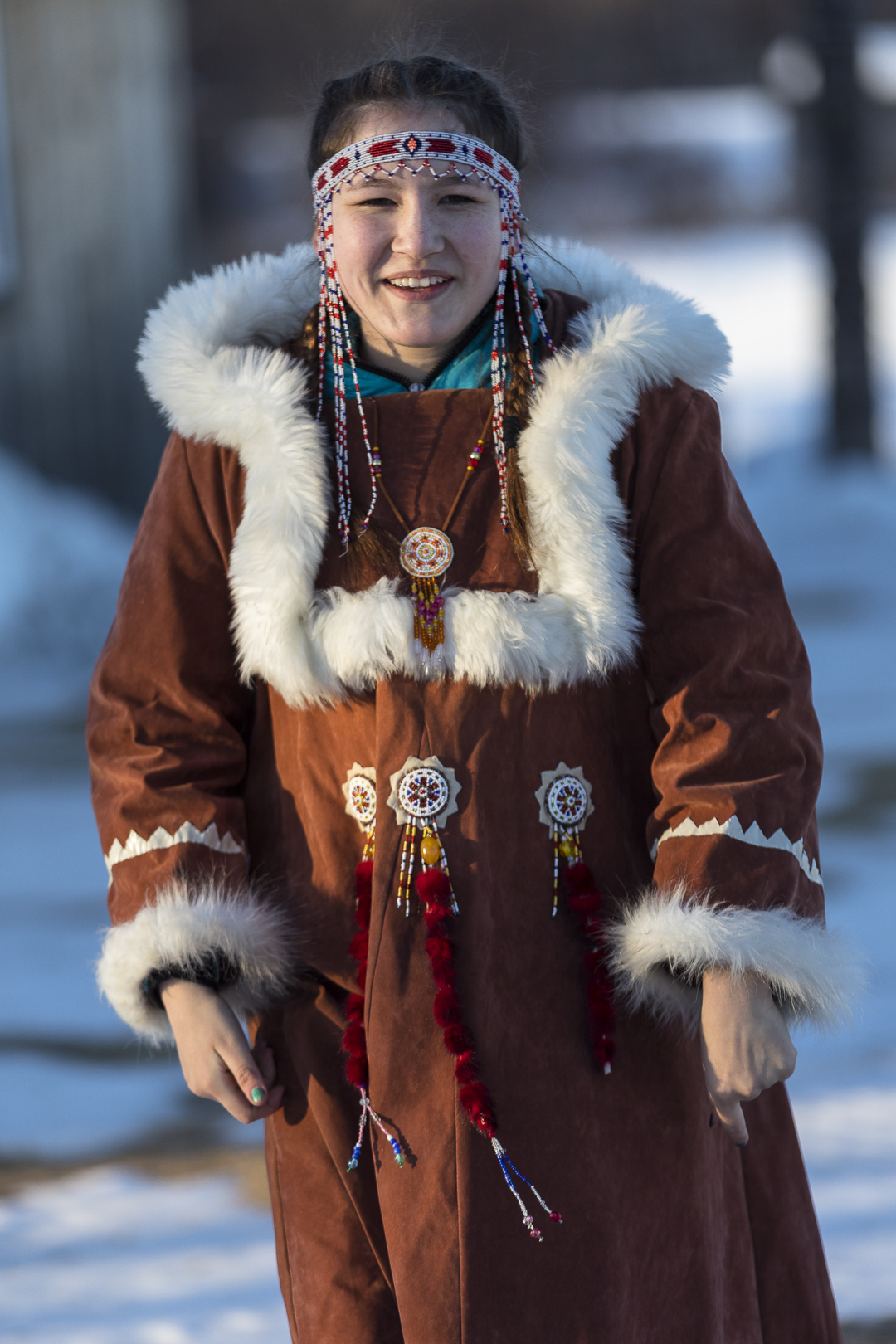
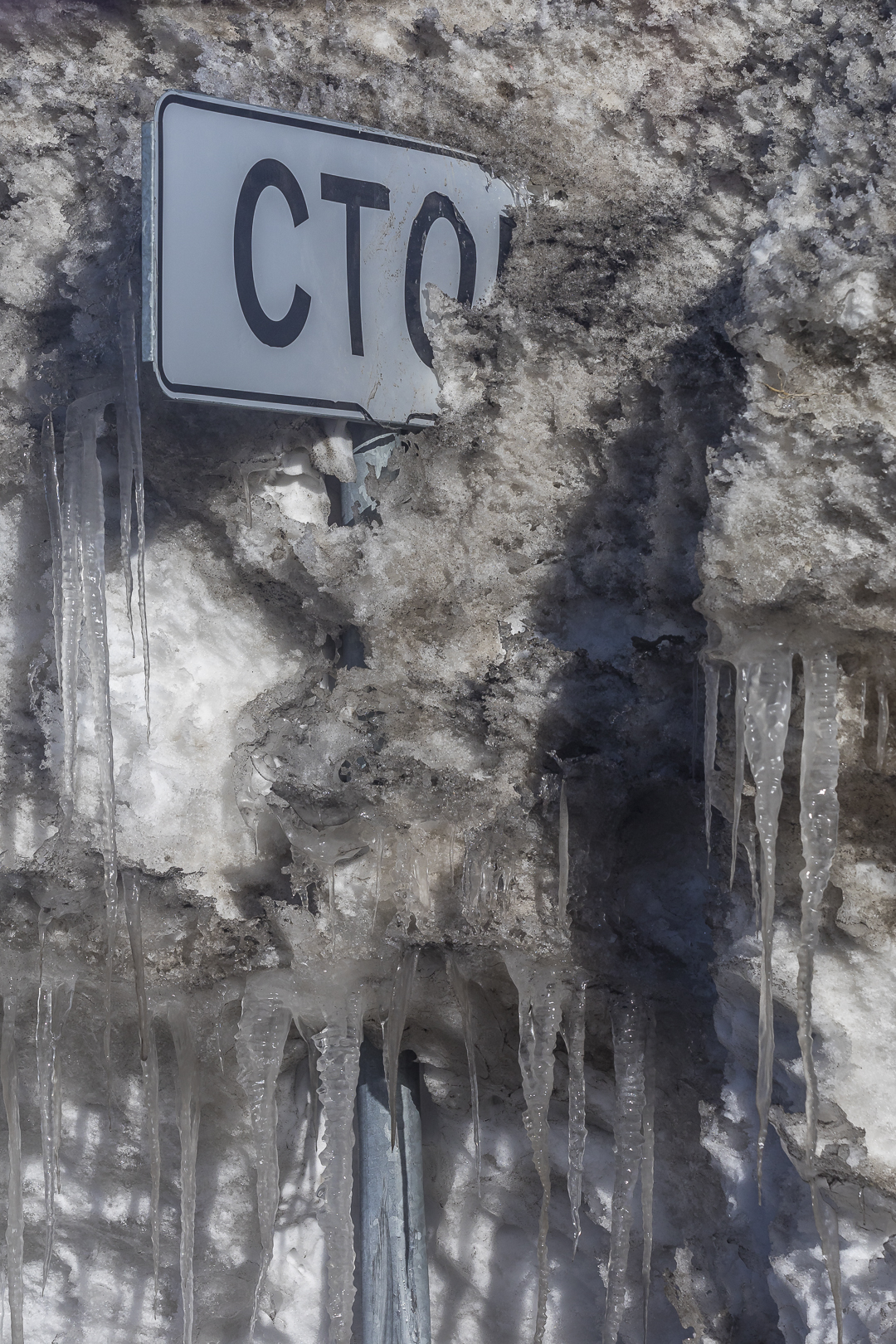
Questions from Students
Grade 6 Students from Vimy Ridge Public School ask: How do you keep your drinking water from freezing? Great question! We keep our water from freezing using thermos’s!
Grade 7 Students Vimy Ridge Public School: Have you broken any records for distances run, walked or skied? Such a good question! I have broken records in the past!!
Anika asks: What are the coolest things you’ve seen so far? I think huge wolf tracks almost the size of my hand are the coolest!!
MIa’s Class (Chelsea, QUE) asks:
How does your food not rot? Our food consists of all dry stuff. like noodles or it’s frozen!
Are you able to sleep well? We are sleeping very well!!
Are your skis wearing out? Our ski’s have taken a bit of damage but are still okay!
Will you have enough food to last you if your journey is longer than expected? If we need more food we will get a resupply about 180km from the finish.
Mia sends HUGS!! Dads (Ray’s) response: I miss you Mia, HUGS!!
MIa asks: How much food and water do you have everyday?
We are eating a diet high in fat to get the most energy from the least weight. We are eating around 3,000 calories per day but we burn a lot more! As for water we get it in soups, tea and coffee!!!
Bell High School (Intermediate Division) / Algonquin Territory (Grade 7/8 students)
What are some cultural similarities that you have noted with Canada?
Well, for starters, we both have very cold winters, and as such...we embrace it!
Do you listen to music in your head as you move forward with your journey?
I was too busy trying not to break through the ice!
What is the most suprising environmental piece you have viewed so far?
That nights were soooo cold, but there was little ice on the rivers and streams.
Is climate change evident in your expedition?
From speaking with hunters, I'd have to say yes.
How do you motivate your partner on this journey and him you?
We just always said to each other "great job!" after each day!
What has been your biggest learning on this journey so far?
That things don't always go as planned, but we are continually learning!
Mr. Monkey Meets Violetta Checulina
Mr Monkey meets Violetta Checulina, a member of the Koryak people.
Koryaks (or Koriak) are an indigenous people of the Russian Far East, who live immediately north of the Kamchatka Peninsula in Kamchatka Krai and inhabit the coastlands of the Bering Sea. The cultural borders of the Koryaks include Tigilsk in the south and the Anadyr basin in the north.
The Koryak people are culturally similar to the Chukchis of extreme northeast Siberia. The Koryak language and Alutor (which is often regarded as a dialect of Koryak), are linguistically close to the Chukchi language. All of these languages are members of the Chukotko-Kamchatkan language family. They are more distantly related to the Itelmens on the Kamchatka Peninsula. All of these peoples and other, unrelated minorities in and around Kamchatka are known collectively as Kamchadals.
Neighbors of the Koryaks include the Evens to the west, the Alutor to the south (on the isthmus of Kamchatka Peninsula), the Kerek to the east, and the Chukchi to the northeast.
The Koryak are typically split into two groups: the coastal people Nemelan (or Nymylan) meaning 'village dwellers,' due to their living in villages. Their lifestyle is based on local fishing and marine mammal hunting. The inland Koryak, reindeer herders, are called Chaucu (or Chauchuven), meaning 'rich in reindeer.' They are more nomadic, following the herds as they graze with the seasons.
Mr. Monkey & Sylvestr
Sylvestr is a Kamchatka brown bear (Ursus arctos beringianus), he weighs 800kg (1760 pounds) and is 8 years old. He was orphaned as a baby and brought to this shelter and us very well taken care of. Veterinarians visit him twice a year, and government officials check on him periodically to ensure his well being well. He eats boiled fish, because it is advised not to let him get the taste of fresh meat. But he loves cookies and apples.
In the wild he would be expected to live 20-25 years, but because of being cared for he is expected to live a longer life.. maybe 30 years.
Mr. Monkey was curious and asked if Sylvestr could have a larger enclosure and the answer was surprising. If he had a larger cage then he would become stronger and if he became stronger he might break the cage. People have cared for Sylvestr for a long time, he depends on them for food. He gets excited when he sees people because he associates people with food. If he broke out of his cage he would want to go see people and being to strong they could get hurt and then he might get hurt as well. The team caring for him wants to make sure Sylvestr is safe and those around him stay safe!
Although Sylvestr is generally a “nice bear” great caution is used when around him, because he is so powerful. People who come to see him must stay behind a fence, that included Mr Monkey.
More about the Kamchatka Brown Bear (from Wikipedia):
The Kamchatka brown bear (Ursus arctos beringianus), also known as the Far Eastern brown bear, is a subspecies of brown bear native to the Anadyrsky District, the Kamchatka Peninsula, Karaginskiy Island, the Kuril Islands, the coastal strip west of the Sea of Okhotsk southward to the Stanovoy Range, and the Shantar Islands. Outside the former Soviet Union, the subspecies occurs in Saint Lawrence Island in the Bering sea. It is closely related to one clade of brown bears in Alaska and northwest North America, and is thought to be the ancestor of the Kodiak bear.
Mr. Monkey experiences local restaurants.
Every lunch and dinner Mr Monkey has to get help from the staff at the Hotel Petropavlovsk restaurant. The menu specials (different each day) are written in Russian which uses a Cyrillic alphabet. It is always a interesting part of the day with many laughs and smiles as the staff uses Google-translate on their phones and other various methods to tell Mr Monkey what his options are.
Today for lunch Mr Monkey had:
Seaweed Salad with Fish and corn
Chicken Noodle Soup
Plov - Russian Rice Pilaf with Braised Beef
and Black Tea
Салат из морских водорослей с рыбой и кукурузой
Куриный суп с лапшой
Плов - Русский рисовый плов с тушеной говядиной
и черный чай
The Cyrillic script is a writing system used for various alphabets across Eurasia, particularly in Eastern Europe, the Caucasus, Central Asia, and North Asia. It is based on the Early Cyrillic alphabet developed during the 9th century AD at the Preslav Literary School in the First Bulgarian Empire. It is the basis of alphabets used in various languages, especially those of Orthodox Slavic origin, and non-Slavic languages influenced by Russian. As of 2011, around 250 million people in Eurasia use it as the official alphabet for their national languages, with Russia accounting for about half of them. 13 countries use this script
In the early 18th century, the Cyrillic script used in Russia was heavily reformed by Peter the Great, who had recently returned from his Grand Embassy in western Europe. The new letterforms became closer to those of the Latin alphabet; several archaic letters were removed and several letters were personally designed by Peter the Great (such as Я, which was inspired by the Latin R).
Russian is the largest native language in Europe and the most geographically widespread language in Eurasia.It is the most widely spoken of the Slavic languages, with 144 million speakers in Russia, Ukraine and Belarus. Russian is the eighth most spoken language in the world by number of native speakers and the seventh by total number of speakers. The language is one of the six official languages of the United Nations. Russian is also the third most widespread language on the Internet after English and German, respectively.
Mr. Monkey Communicating with the Team
Mr Monkey helps with communications with the team. Here he is using a Garmin InReach mini, which via an app on his iPhone allows him to send SMS messages directly to the team who are in the middle of nowhere. This way the team can get weather forecasts and communicate back on how they are doing.
Mr. Monkey using the Garmin INReach Mini!






